
Still for VR work Sleepwalking in the Forbidden City, Cai Guo-Qiang, courtesy, Cai Studio, Vive Arts
Celina Yeh is the Executive Director of Vive Arts, a platform trying democratise the art world through digital innovation. Here, Yeh speaks to Samantha Welsh about the endless opportunities that technology is bringing to the art world as well as extended creativity for the artists themselves.
LUX: Is your background in tech or art?
Celina Yeh: Before I became the Executive Director of Vive Arts, I was the Head of Global Partnerships, working directly with artists and museums on projects across the digital spectrum. My background has always been in art and design. I previously worked in cultural organisations and design consultancies in London, New York and Taipei. In these roles, I often worked on experience and exhibition design, which gave me substantial production experience and a strong understanding of the creative process and how things are made.
One of the strengths of the Vive Arts team is the diversity and depth of our experience. Our willingness and interest in engaging with collaborators from all disciplines allows us to innovate and develop new possibilities for artists and creators.
LUX: Why did the Vive Arts partnership programme and art market platform spin-out from tech giant HTC?
CY: Vive Arts was established in 2017 as HTC’s art and technology programme, aiming to harness the latest technologies to transform how art and culture can be experienced.
Follow LUX on Instagram: luxthemagazine
We started by working with museums in a range of different ways, from developing content that told the stories of their collections and exhibitions, to supporting with hardware or the physical installation for digital works. In 2018 we started collaborating with a group of contemporary artists and really exploring the possibilities of VR as a medium for art.
Over the past five years, we have now partnered with over fifty international institutions, including the Louvre in Paris, the Museum of Natural History in New York and the Tate Modern and V&A in London and worked with visionary artists – such as Marina Abramović, Anish Kapoor, Dominique Gonzalez-Foerster and Cai Guo-Qiang on their first VR works.
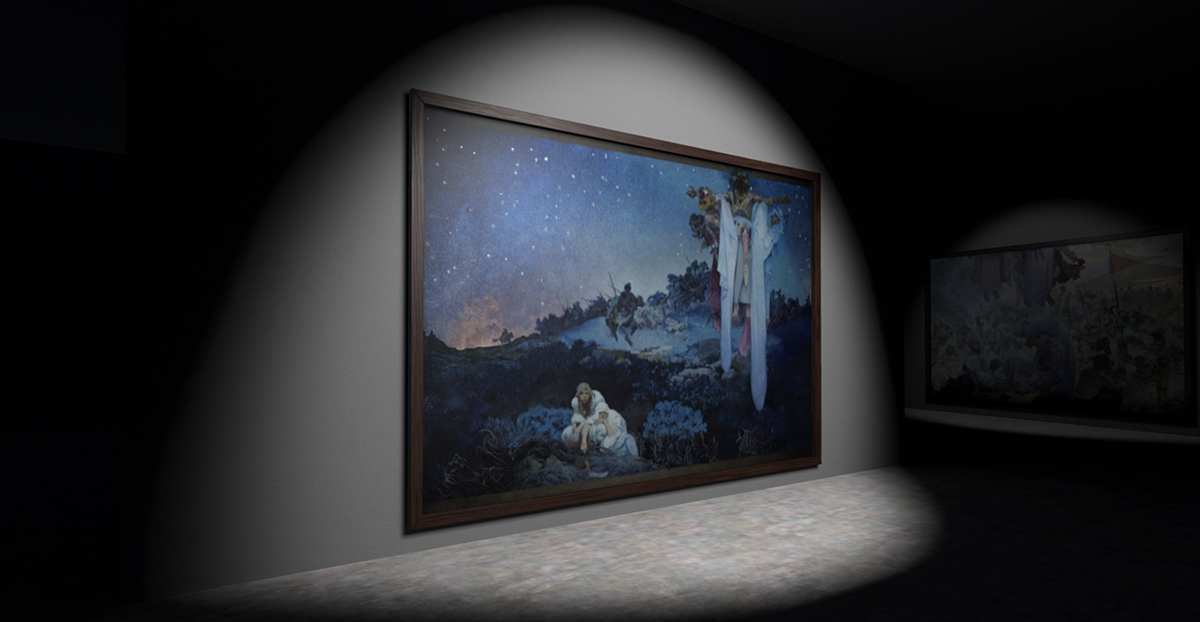
Slav Epic VR
At the end of last year, Vive Arts launched a new chapter, with a new brand identity, website and our art marketplace platform, reflecting our own evolution and the rapidly changing digital art space. As digital technologies have become an increasingly integral part of the art world and daily life, we wanted to continue to innovate new frameworks for artistic expression.
HTC actually developed the first blockchain smartphone in 2018 and had been exploring this field for some time. So when NFTs exploded, it seemed very natural for us to expand our remit, so that we could offer new services spanning VR, XR and metaverse technologies to the creative community.
LUX: Can you tell us about how digital mediums such as AR, VR, XR offer different experiences of immersive art and open up access to the metaverse?
CY: VR, XR and AR offer new ways to create and experience art – fundamentally they enable experiences that would not otherwise be possible.
To discuss the differences – In VR – instead of standing in front of an artwork, you are immersed inside it, in a 360-degree virtual environment. This offers a powerful first-person experience, as you look around and explore, interacting with others and the space itself. AR in contrast, brings the virtual into the physical world, showcasing artworks only visible through your phone or another device. This opens up opportunities to host interventions in public spaces, expand an exhibition with a digital layer or present pieces that could not be produced in any other form.
These digital tools and mediums are the building blocks for the metaverse, a 3-dimensional, spatial iteration of the internet and will become increasingly important as the boundaries between online and offline become increasingly blurred and these technologies become more seamless. At HTC, we are constantly improving our sensors, eye-tracking and face-tracking, so that if you want to have a realistic avatar in the metaverse you can show facial expressions and when you speak your lips will follow. These technologies will determine how we access and interact in the metaverse, allowing users to experience an artwork or attend a live event or exhibition, from anywhere in the world.
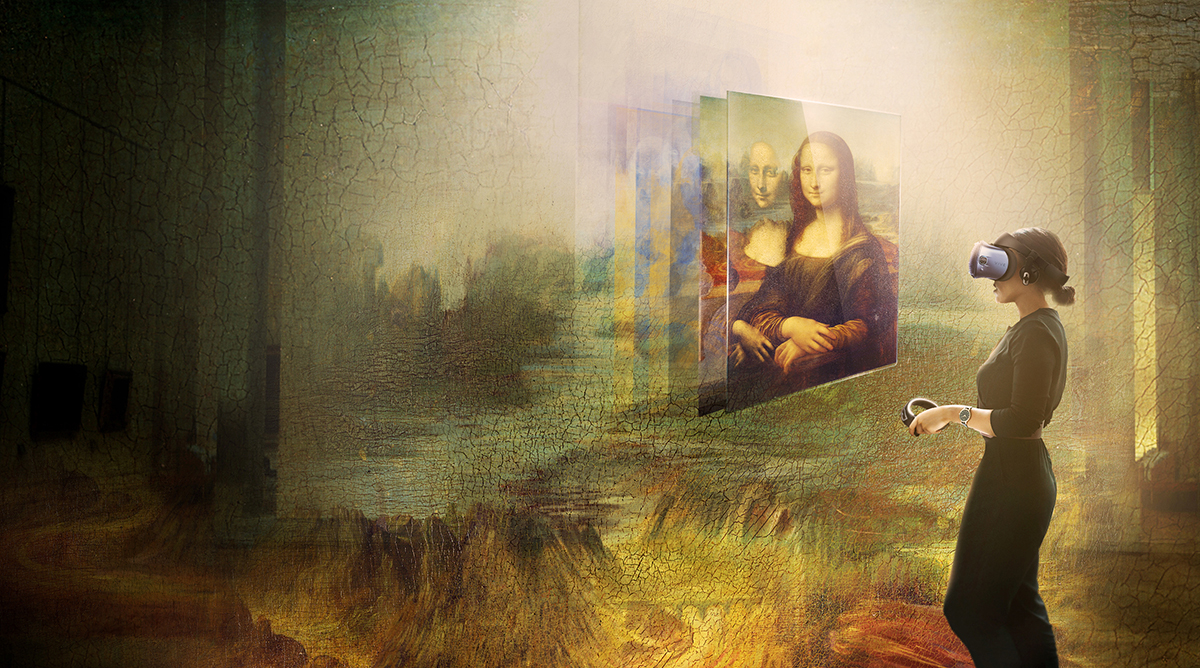
Still from Mona Lisa Beyond the Glass, Courtesy Emissive and HTC Vive Arts
LUX: We are familiar with digital forms of art experimentation, so what kind of institutions, artists and creatives are asking you to partner with them?
CY: We work with a range of artists, institutions, and creators and have had a particularly busy programme this year. We partnered with Serpentine on their major solo exhibition by Dominique Gonzalez-Foerster and worked with Dominique for the second time, producing Alienarium, a new VR art experience for the show. We supported critically acclaimed artist and filmmaker Wu Tsang on her mesmerising film and sound installation Of Whales for the Venice Biennale, which she has iterated into her first ever VR work for Art Basel.
We are also currently working with the Triennale di Milano and are preparing to launch a special new VR experience for the 23rd International Exhibition. This piece is quite different as it celebrates the Fondazione itself, shining a light on its most important exhibitions from 1933 to present day and its impact on the world of art and design.
Additionally, we are also developing several exciting NFT collaborations, that will launch on our marketplace, spanning sound art, astrology, photography and more.
We get a lot of exciting proposals, including those from the education sector and from independent artists and creators. We are therefore thinking about doing an open call in the near future.
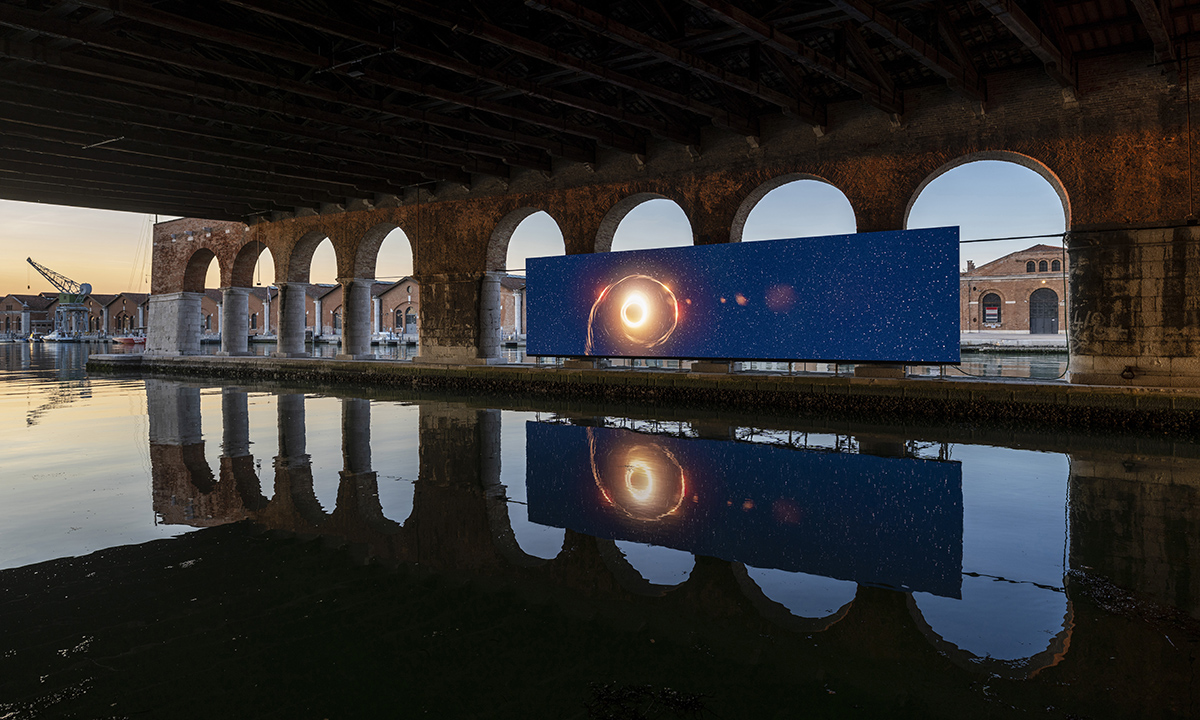
Wu Tsang Of Whales. Photo by Matteo De Fina, supported by Vive Arts
LUX: To what extent would you say you are cultural custodians?
CY: An important part of our mission is to preserve art and culture and to make it accessible to wider audiences. In our partnerships with museums, we explore creative ways to add a new dimension to their collections and programming, extending their reach beyond their physical walls. For example, in our ongoing partnership with the Mucha Foundation in Prague, we collaborated with them on Slav Epic VR, a VR experience dedicated to Alphonse Mucha’s iconic series of paintings. While it is difficult for the monumental 20-canvas series to travel, this experience can be hosted in exhibitions around the world, offering audiences an opportunity to engage with the artist and his legacy.
LUX: What kind of creative freedom does immersive experimentation potentially offer an artist?
CY: As these technologies are constantly evolving, I believe we have only begun to scratch the surface of what can be achieved creatively in these new mediums, especially with the radical innovation and experimentation of artists.
Immersive mediums enable artists to bring their vision to life, unconstrained by what is possible in the physical world, and they offer their own powerful forms of storytelling. VR invites viewers inside an artist’s world, for a deeply personal experience, where you can embody new forms and perspectives and have visceral sensations, such as gravity or movement.
For example, Wu Tsang often explores different visual languages and narrative techniques in her practice. She was interested in experimenting with the world building potential of VR and game engine technologies and has used them to create different encounters throughout her series of Moby Dick adaptations. This ranged from building virtual environments, that were incorporated into her live-action silent film to creating a poetic rendering of the ocean, through the eyes of the whale for Of Whales. A mighty mass emerges, again offers a completely different artistic experience, as viewed through the VR headset, audiences are immersed under the surface of the ocean, as the whale completes its deep dive cycle.
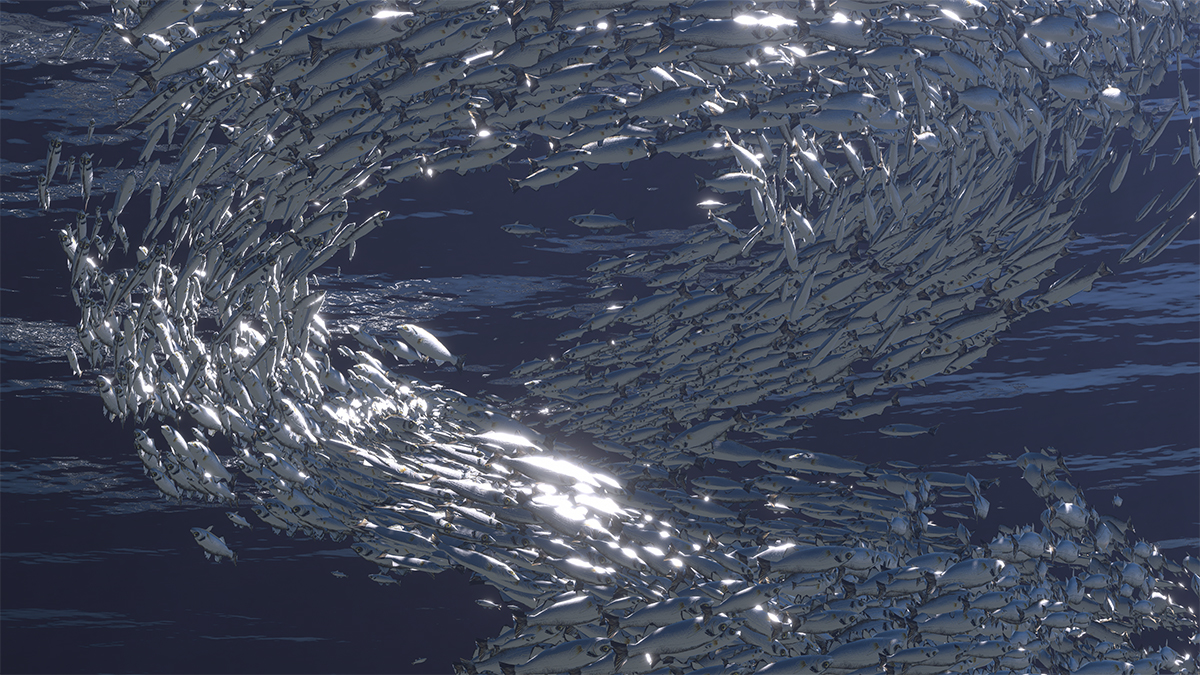
VR still, A mighty mass emerges, Wu Tsang, 2022, courtesy of artist and Vive Arts copy
LUX: Does the use of digital technologies irrevocably change what art is about and the creative process?
CY: I think that the use of digital technologies doesn’t so much change what art is about but opens up new areas of engagement and enquiry. The creativity of artists often inspires us, as in our experience each artist approaches digital mediums in their own distinctive way, their existing practice, putting their own imprint on the discourse.
For example, the two VR artworks we are premiering at Art Basel, by Albert Oehlen and Wu Tsang were created using Unreal Engine and Unity, which are both game engine technologies, but the creative process and pieces are entirely different. While Wu has used the technology to enable viewers to imagine and inhabit a non-human perspective, Albert has created an amazing, hyperrealistic avatar of himself, using photogrammetric scanning, a motion capture suit and other techniques found more in films and video games.
Albert has been exploring the aesthetics of technology since the 1990s, using inkjet printers and computer aided drawing programmes in his paintings. In Basement Drawing you can get up close to him as an avatar and watch him create an ink drawing in real time. He plays with reality and fiction in this virtual scene, adding his own glitch, flashing green and red lights, pounding electronic music and a surreal arm, sticking out of a self-portrait in the room.
Another unique approach was when we worked with renowned Chinese contemporary artist Cai Guo-Qiang on his inaugural VR piece Sleepwalking in the Forbidden City. He wanted to ensure the ‘hand of artist’ could be seen, producing the key elements in the physical world, including producing a real, large-scale day-time fireworks display and a handcrafted alabaster model of Beijing’s Forbidden City.

Still from Curious Alice, a VR experience created by the V&A and HTC Vive Arts. Featuring original artwork by Kristjana S Williams, 2020
LUX: From this, what will be the take aways from Vive Arts’ partnership with Art Basel this year?
CY: We are thrilled to be partnering with Art Basel in Basel for the first time this year, following our previous presentations at Art Basel in Hong Kong. We are looking forward to welcoming visitors to our lounge and showcasing Wu Tsang and Albert Oehlen’s first VR works. We feel that these two new VR works really speak to our mission of transforming how art can be experienced and demonstrate the technological progress, innovation and creativity taking place in the digital art world. We hope that visitors will enjoy being transported into Albert’s studio or Wu’s ocean world and have a new and distinct experience of art at the fair.
LUX: Tell us more about transacting in Vive Arts marketplace?
CY: There can be a lot of ‘hype’ in the NFT space and when we were developing the Vive Arts marketplace we really wanted to keep the focus on quality and content of the artwork itself, as did the artists we work with. We have a holistic approach and as with our other digital art projects, we work with artists and institutions from the very beginning to think about the concept for their NFT series and what they would like to create. We see the platform as a virtual gallery space and metaverse solution for the creative community and due to HTC’s expertise and experience, it has a technologically robust infrastructure that can host all forms of digital art, including complex immersive pieces.
Read more: Alissa Everett: Covering Beauty
Our aim is for the platform to democratise the digital art market, offering access to creators and collectors, whether they are well versed in NFTs or exploring them for the first time. It is designed as a curated, easy-to-use, intuitive smart marketplace, which accepts both crypto and fiat currencies and we have in-house artist liaison, art advisory and technical teams that can offer support through the whole process.
The marketplace is part of HTC’s metaverse platform Viverse, so that users can seamlessly explore, experience and purchase the digital art works.
LUX: So, in the Viverse, buyers are effectively avatars in a transactional alternative universe?
CY: Viverse is a virtual universe that people can inhabit to learn, explore, create, shop and socialise together but it can be experienced in a number of ways. HTC has designed the platform to be accessible, so it can be entered through a phone or laptop as well as VR headset. Some experiences may be first person, while for others you might create an avatar as a way to socialise or explore the virtual space.
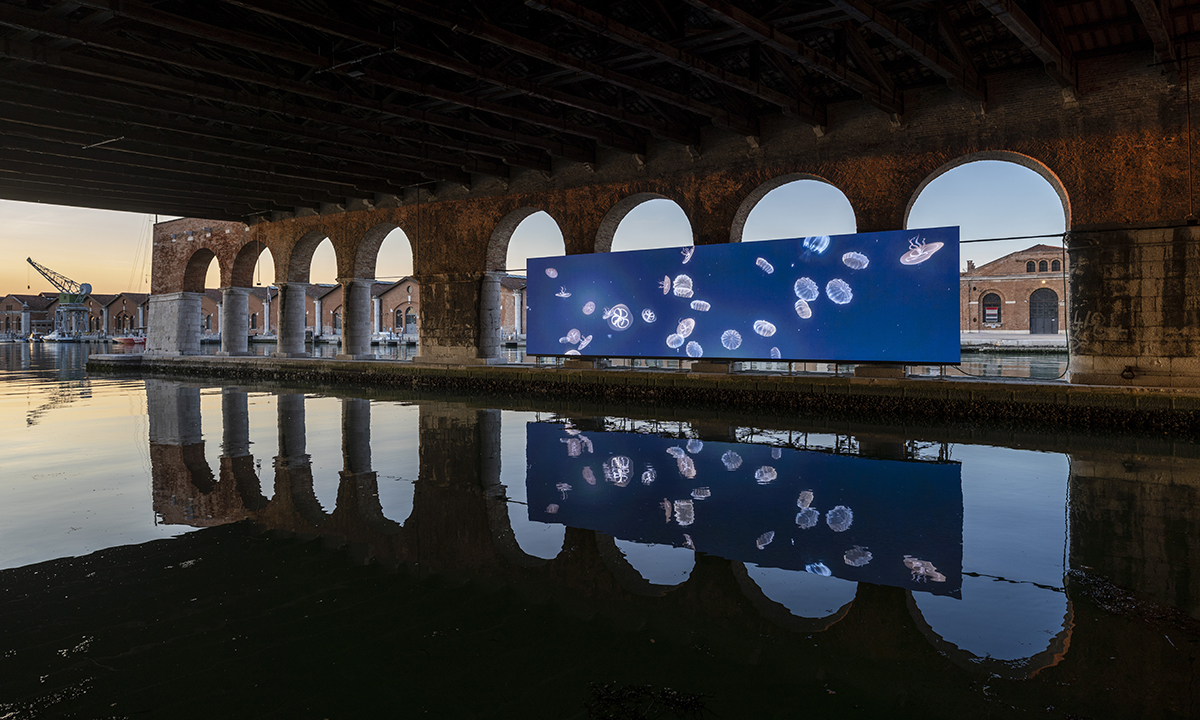
Wu Tsang Of Whales. Photo by Matteo De Fina, supported by Vive Arts
LUX: What energy-conscious, sustainable alternatives are there to blockchain provenance and what are you doing better than competitors?
CY: We are aware that NFTs have been criticised for their impact on the environment and on our platform, in addition to Ethereum, we provide a more energy-conscious alternative Proof of Stake (PoS) and Proof of Stake Authority (PoSA) Blockchains. We are constantly looking for ways to be more energy conscious and to offset our carbon footprint and are exploring and supporting technological advancements that will create a sustainable future for digital art. We have joined the Crypto Climate Accord (CCA), an initiative inspired by the Paris Climate Agreement, committed to decarbonising the cryptocurrency and blockchain industry, though accelerating the development of digital #ProofOfGreen solutions and establishing new industry practices.
LUX: What are the first steps for anyone wanting to engage with Vive Arts?
CY: We would love for visitors to Art Basel in Basel to come and experience our latest art commissions and collaborations at the Vive Arts Lounge or to visit our other projects that are currently on show, at the Serpentine in London and at the Venice Biennale.
We would also like to invite audiences from around the world to explore our projects, through the Vive Arts website and marketplace and through Viveport and other VR platforms, where you can experience several of our past projects such as Mona Lisa: Beyond the Glass, which was developed in collaboration with the Louvre for their blockbuster Leonardo da Vinci exhibition in 2019 or Curious Alice, which we developed for the V&A’s Alice: Curiouser and Curiouser last year.
Find out more: www.vivearts.com
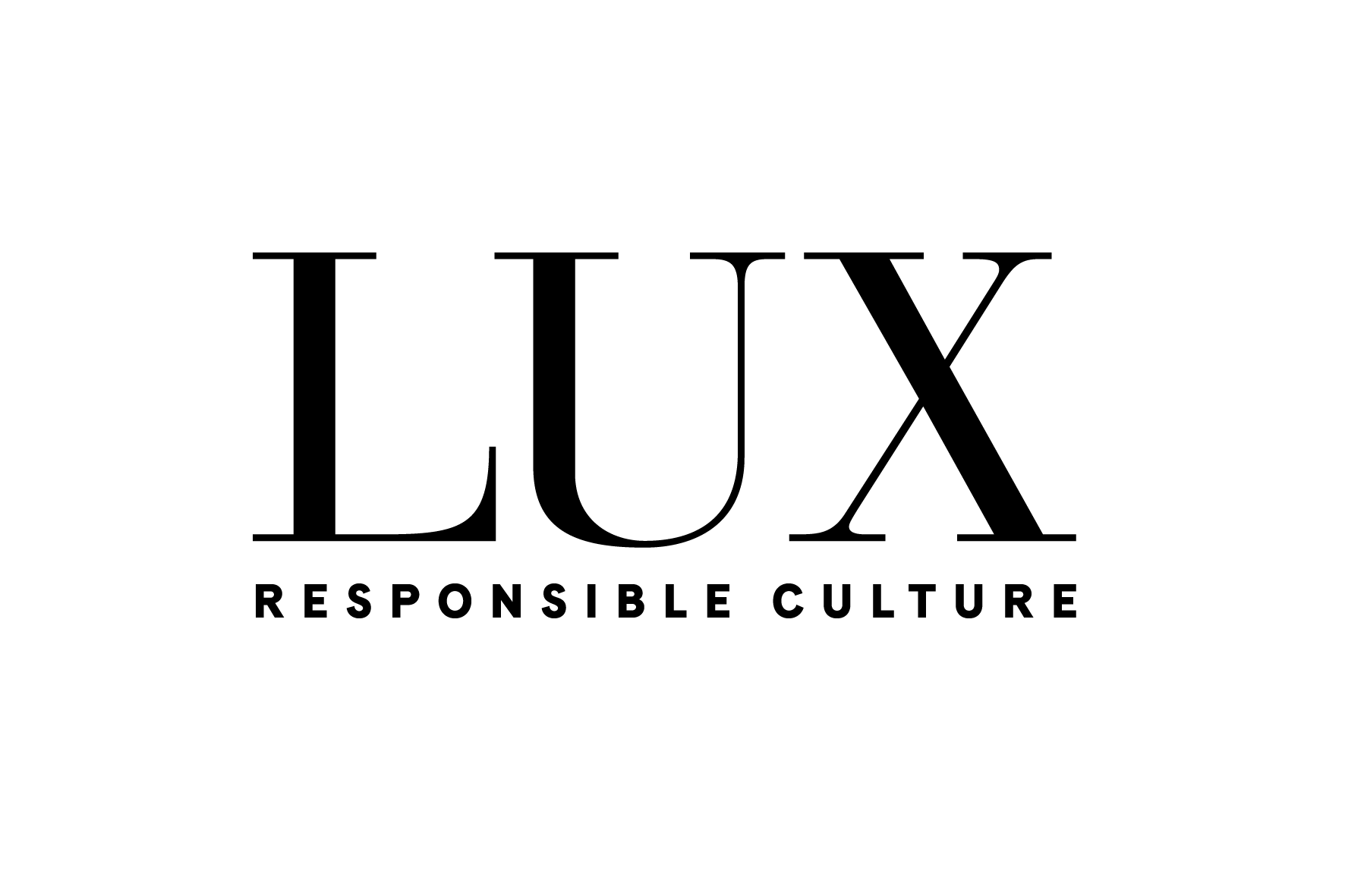
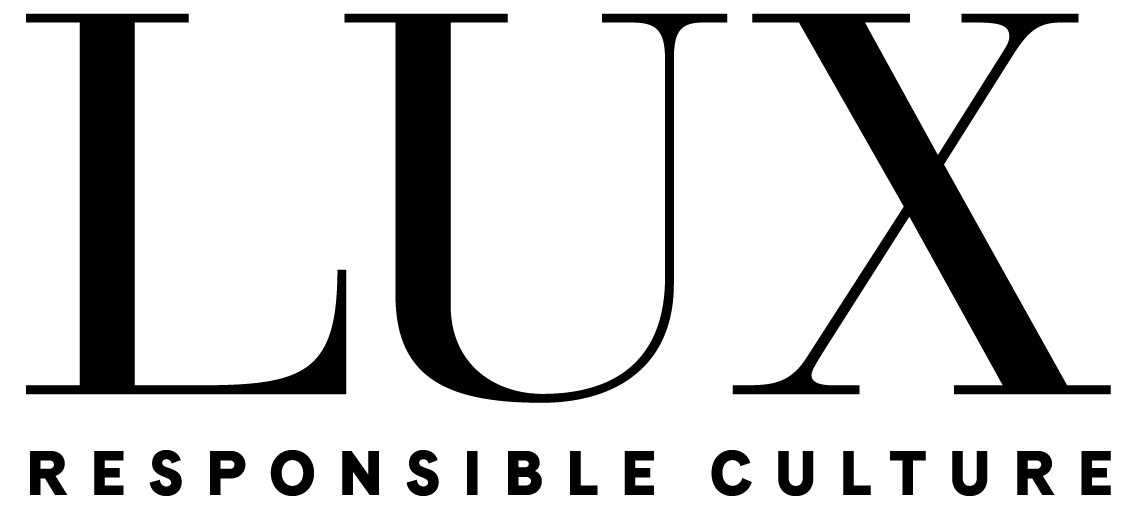
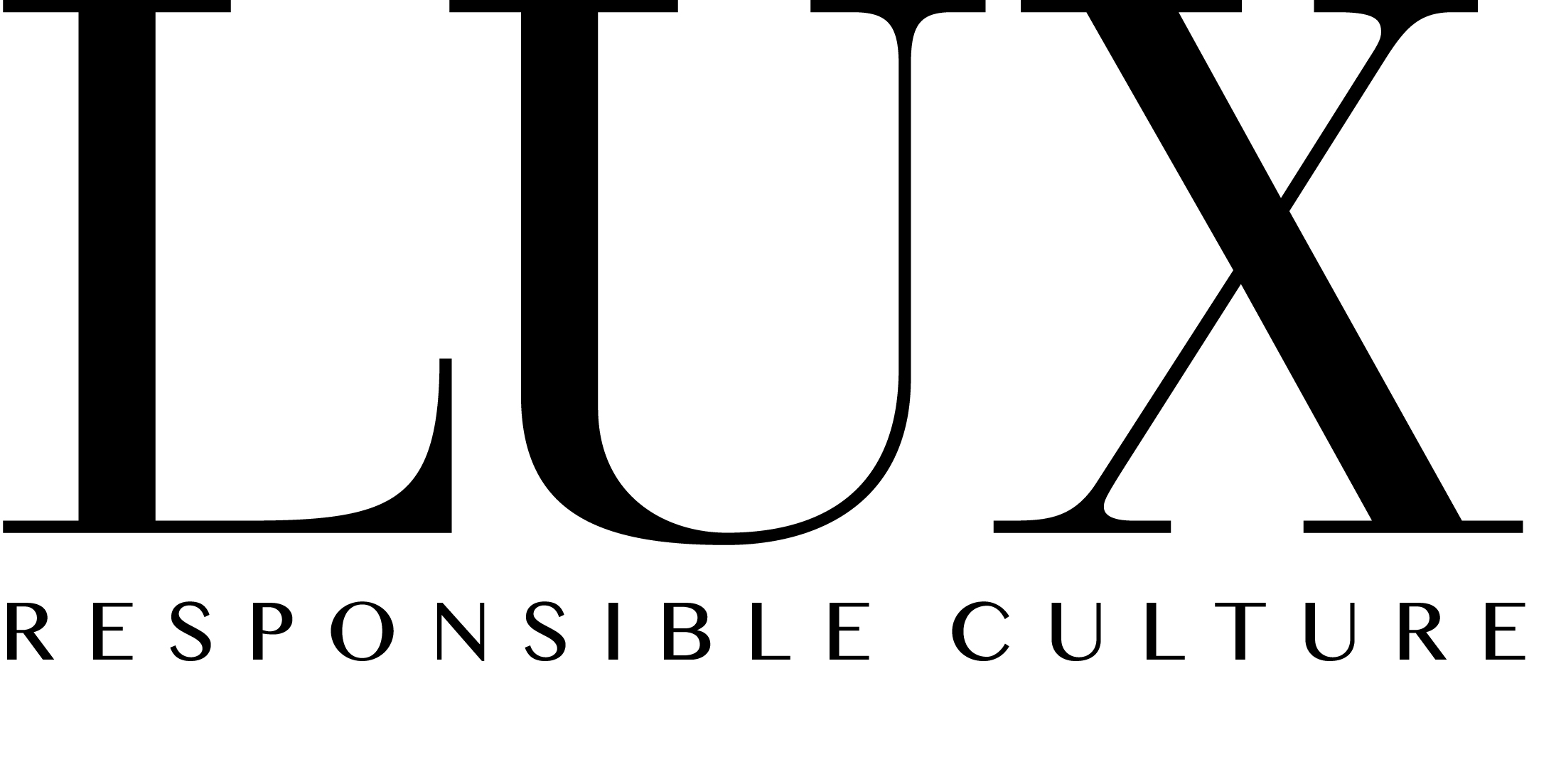
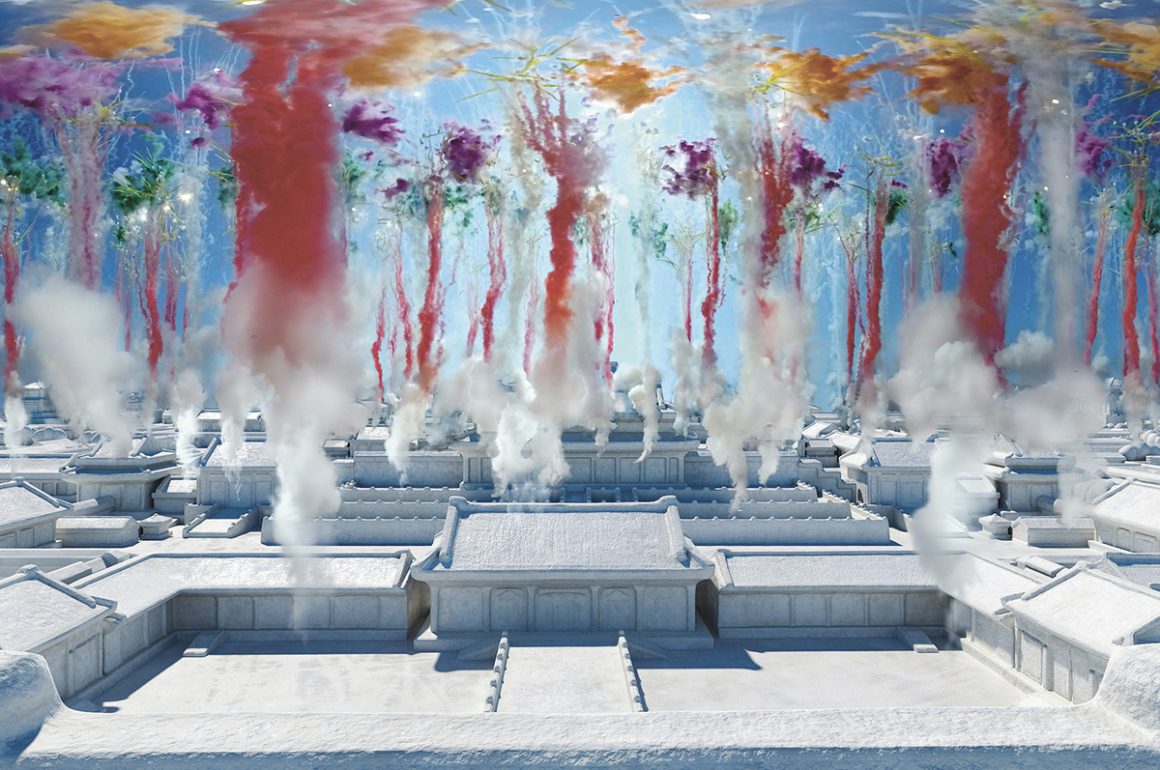
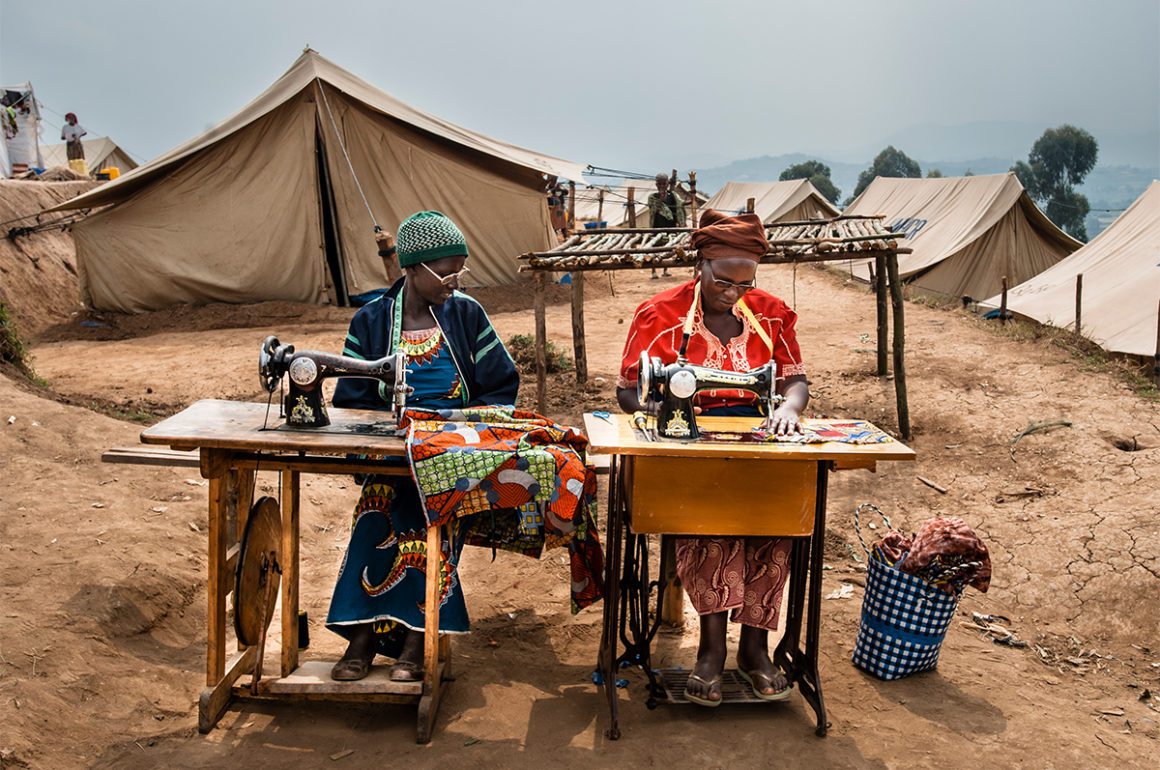
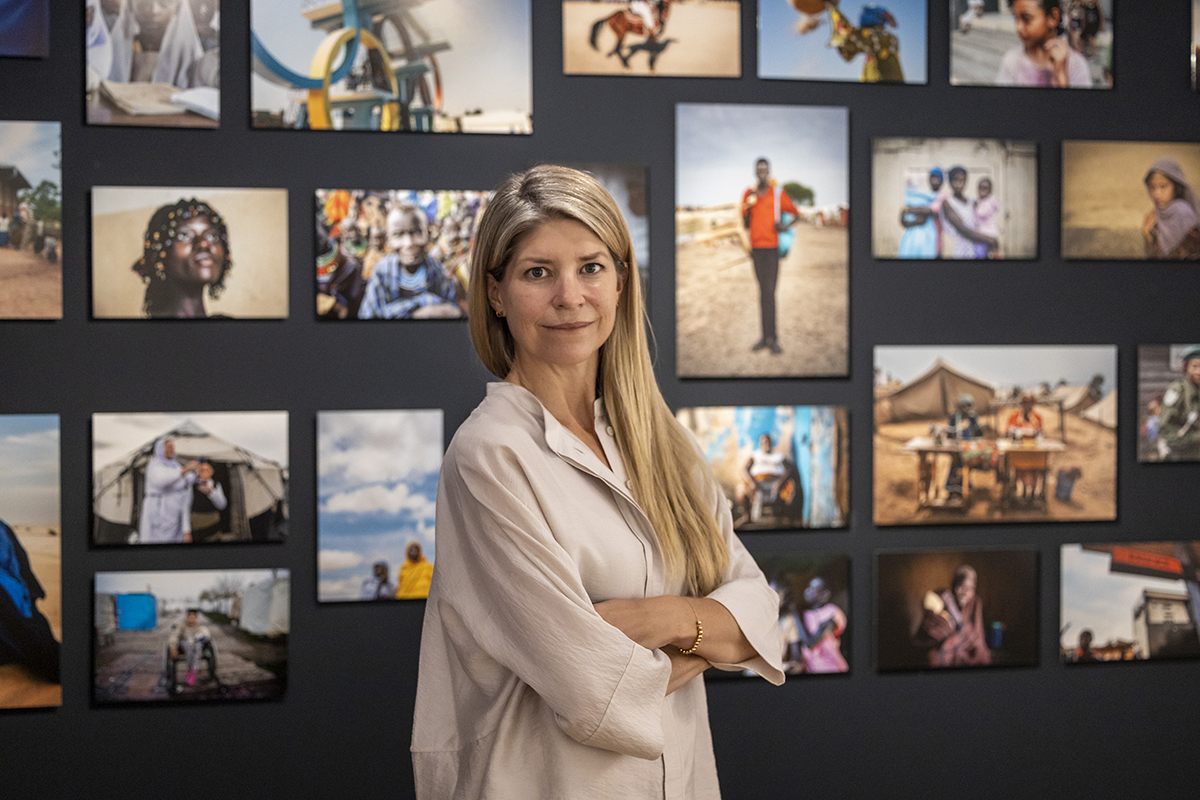
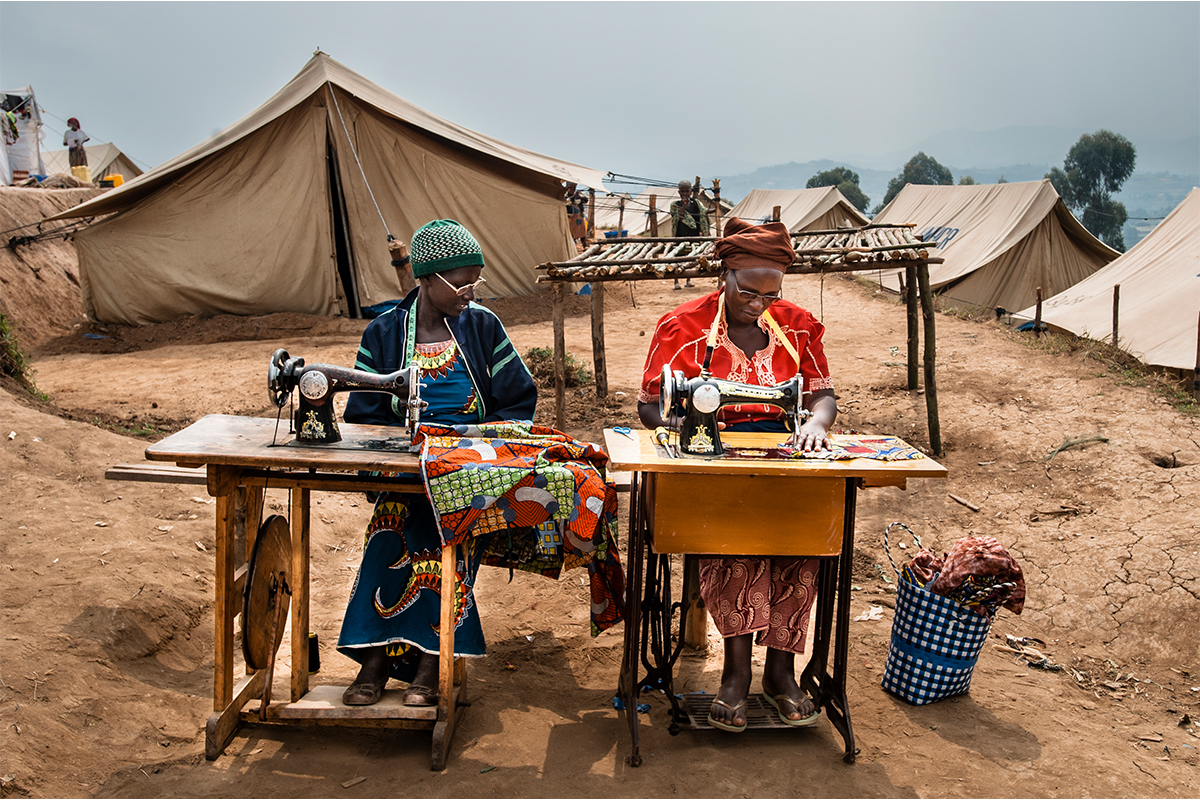


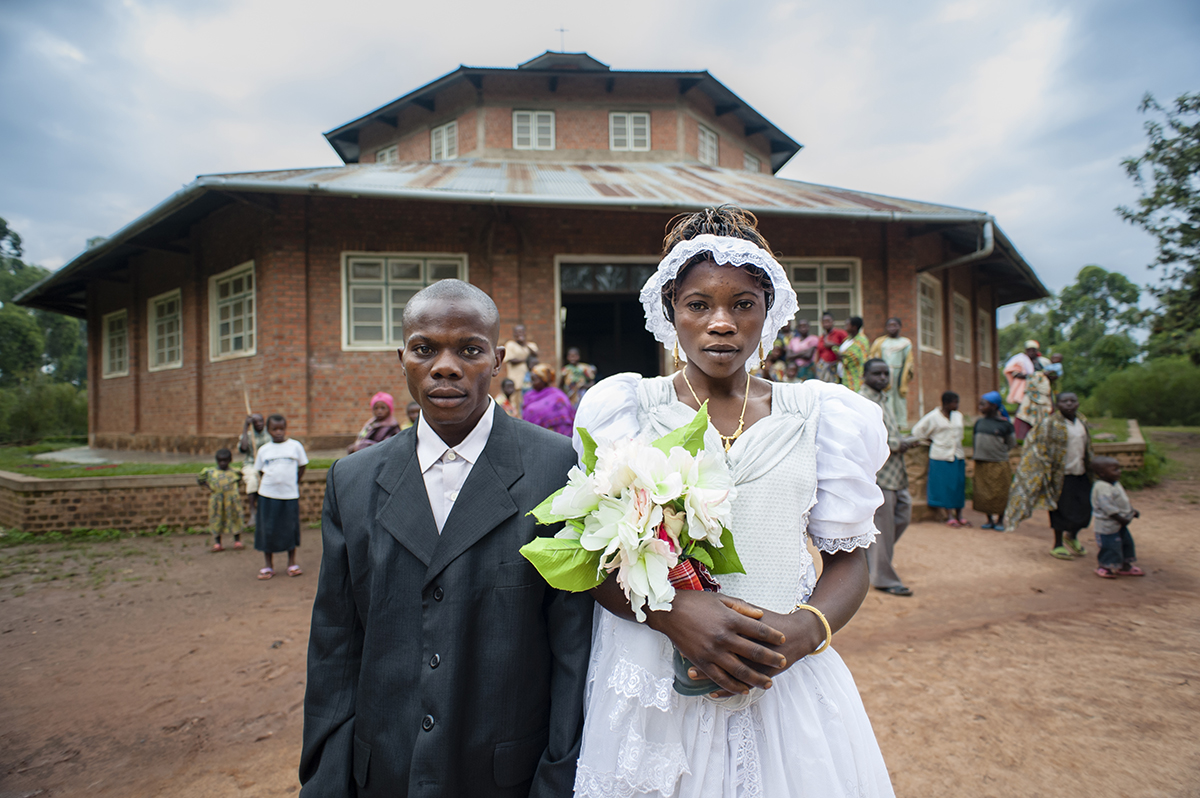
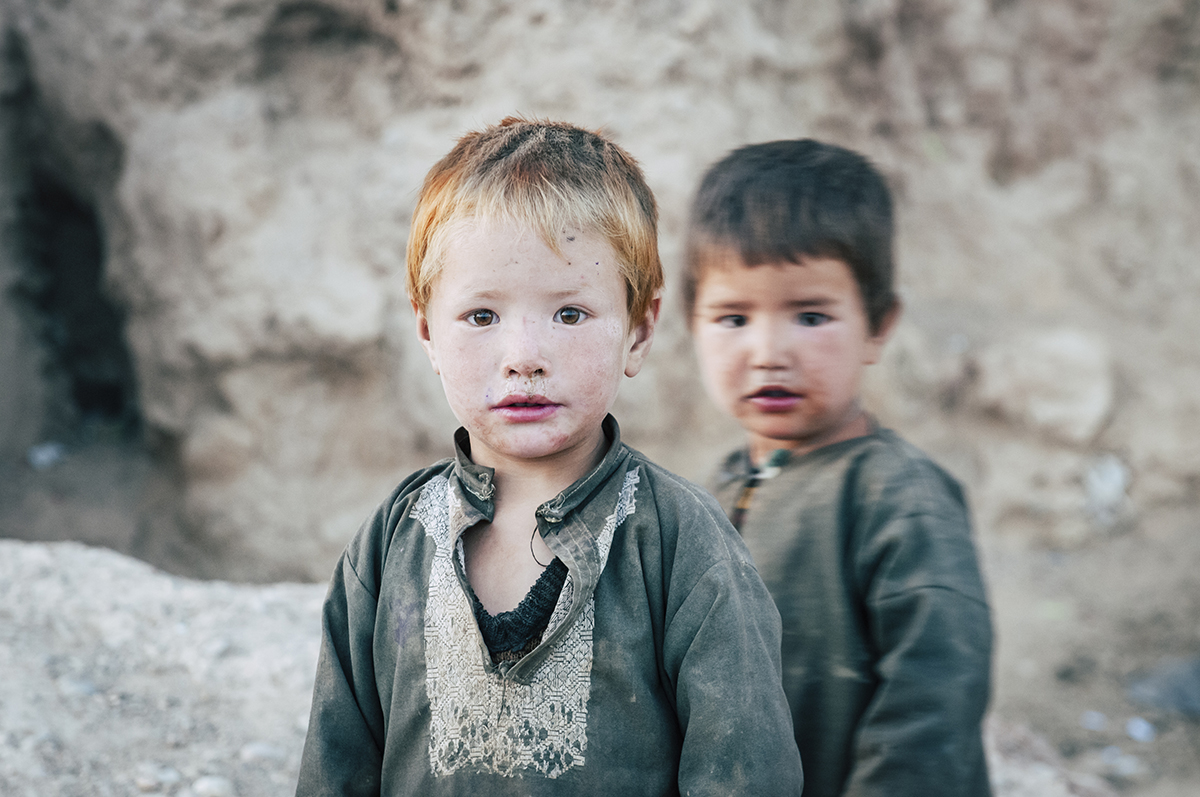

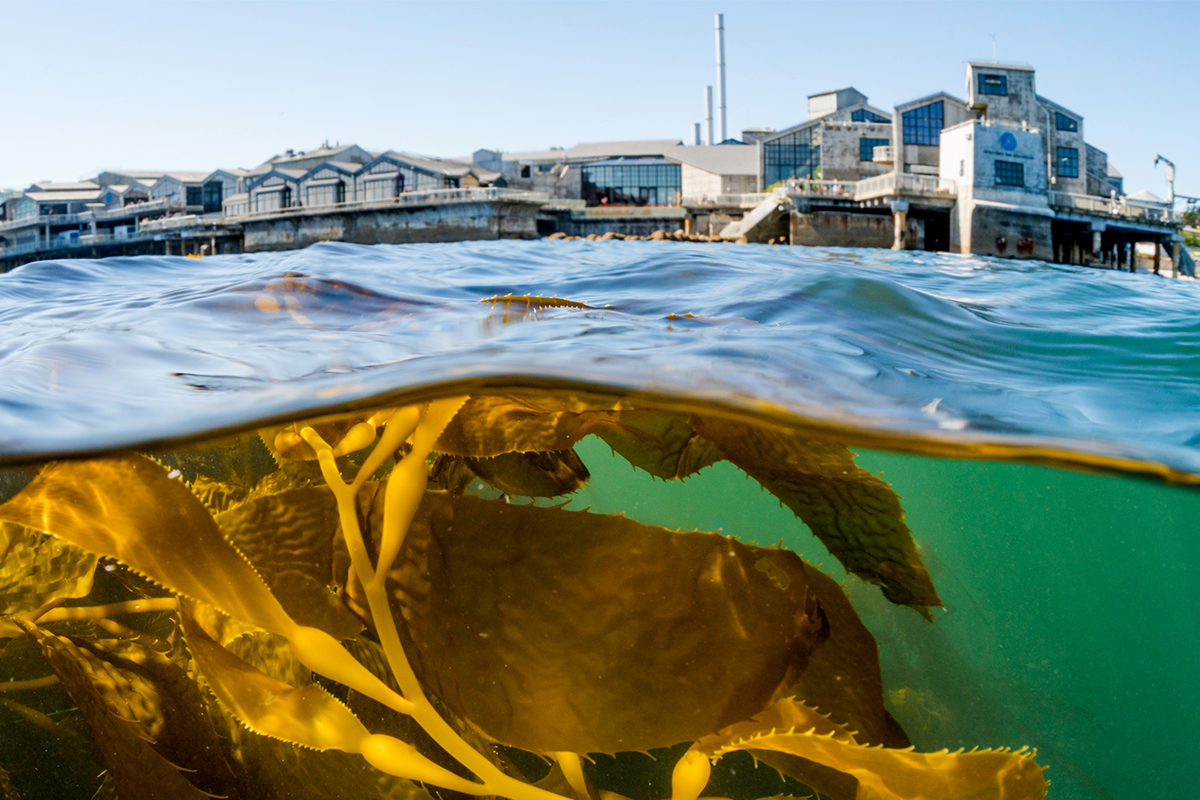

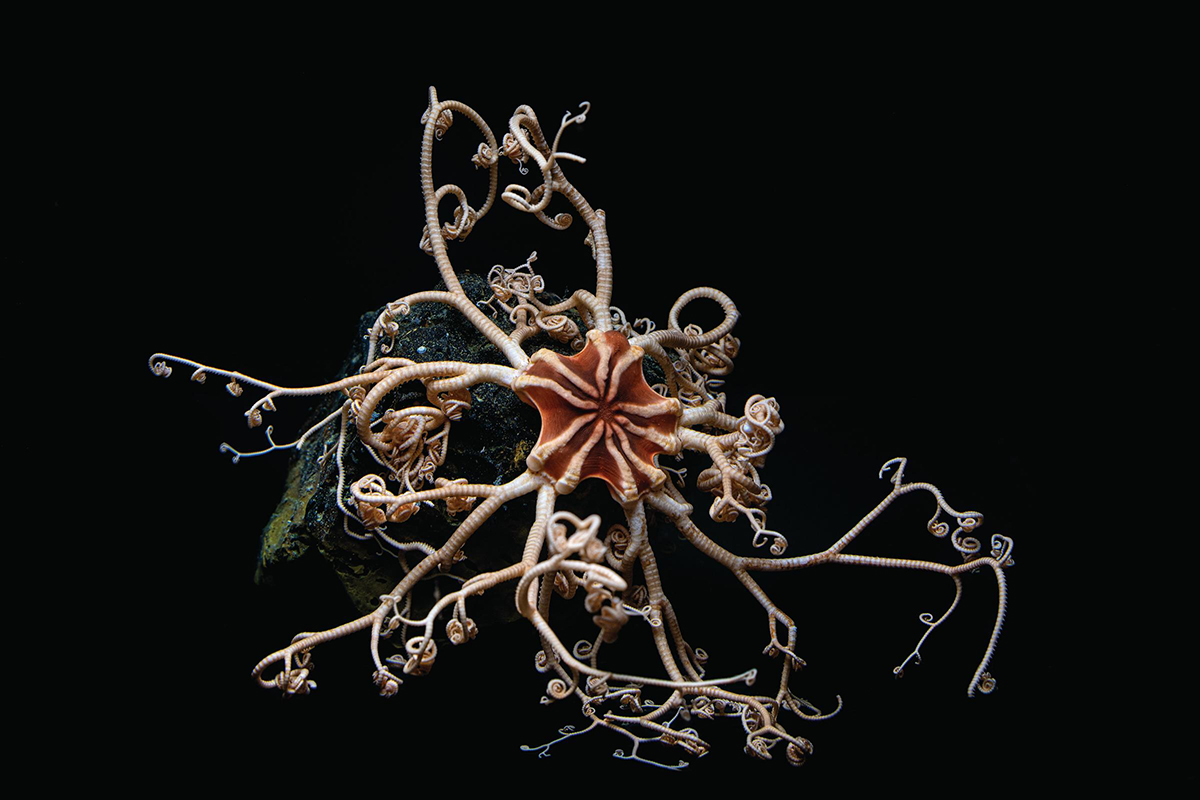
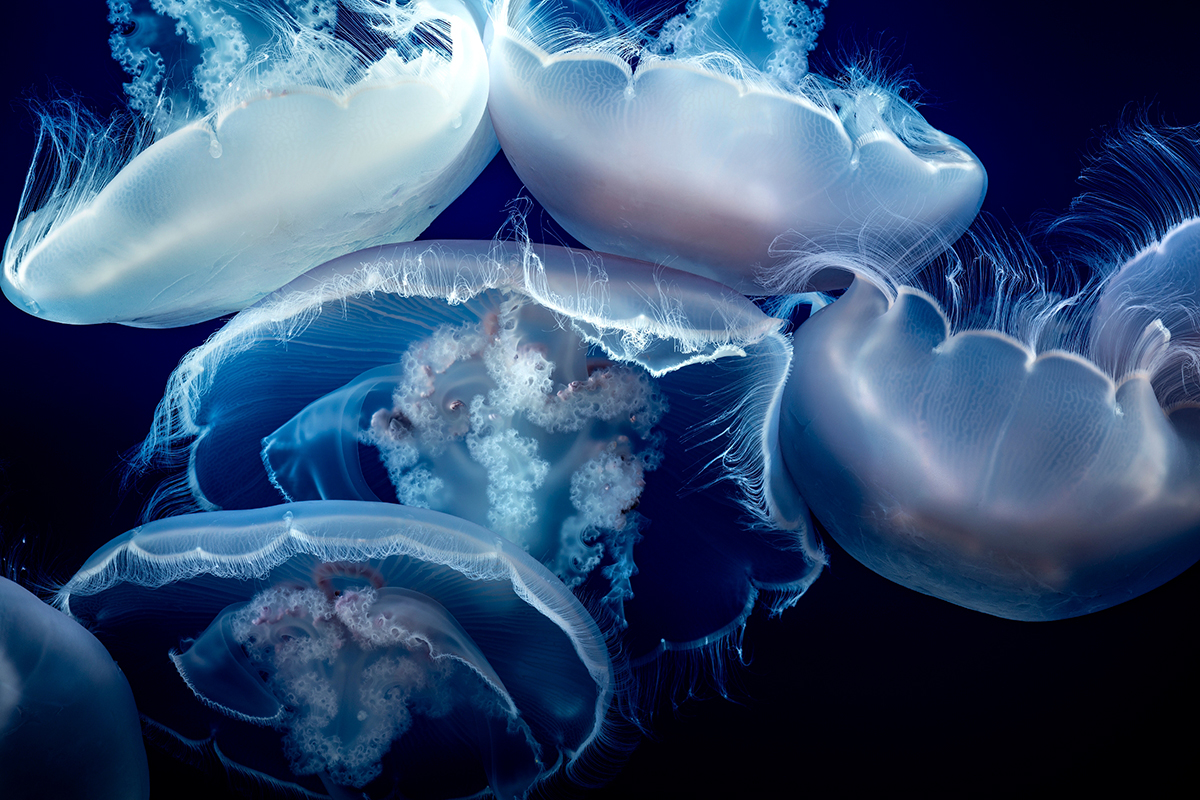
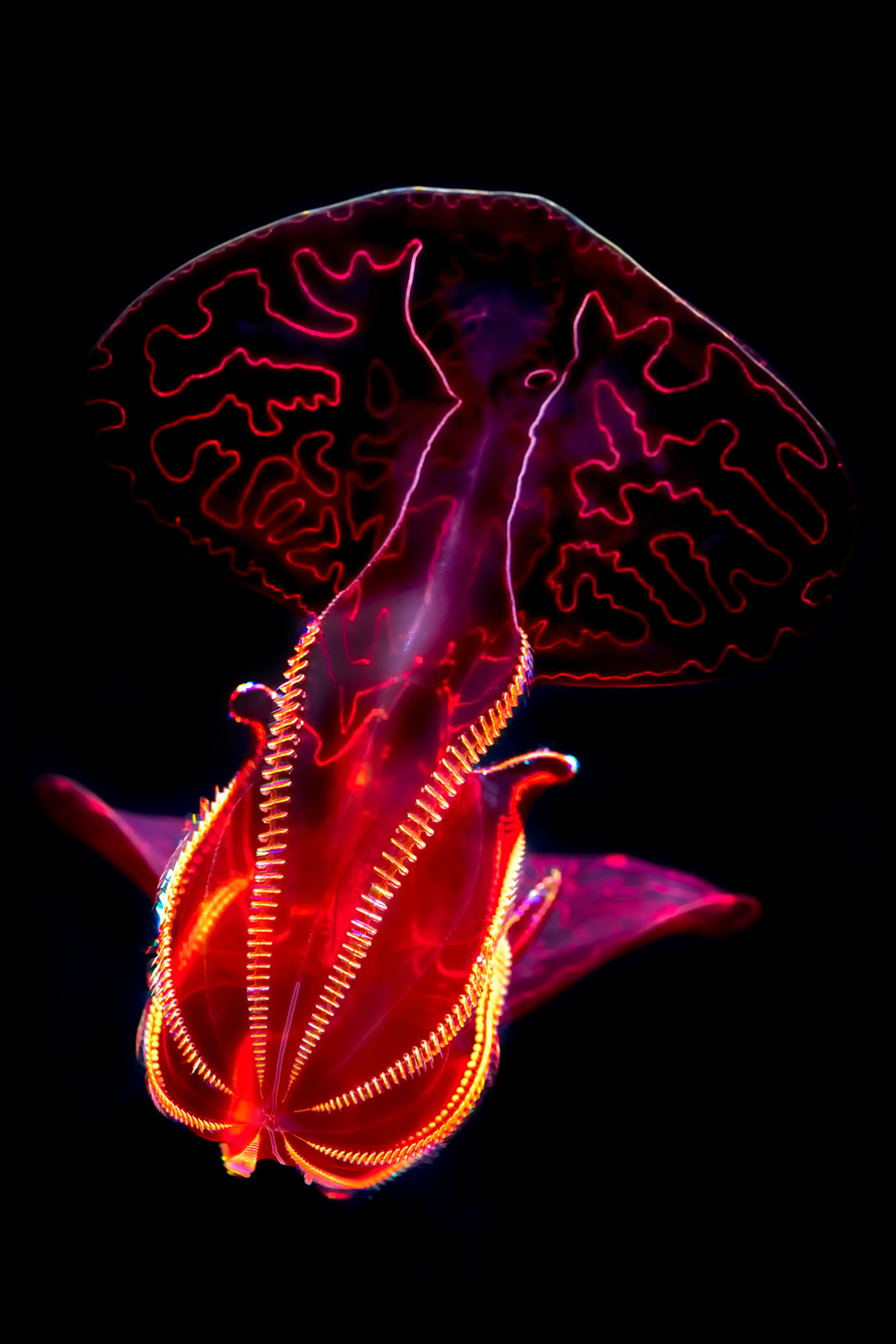
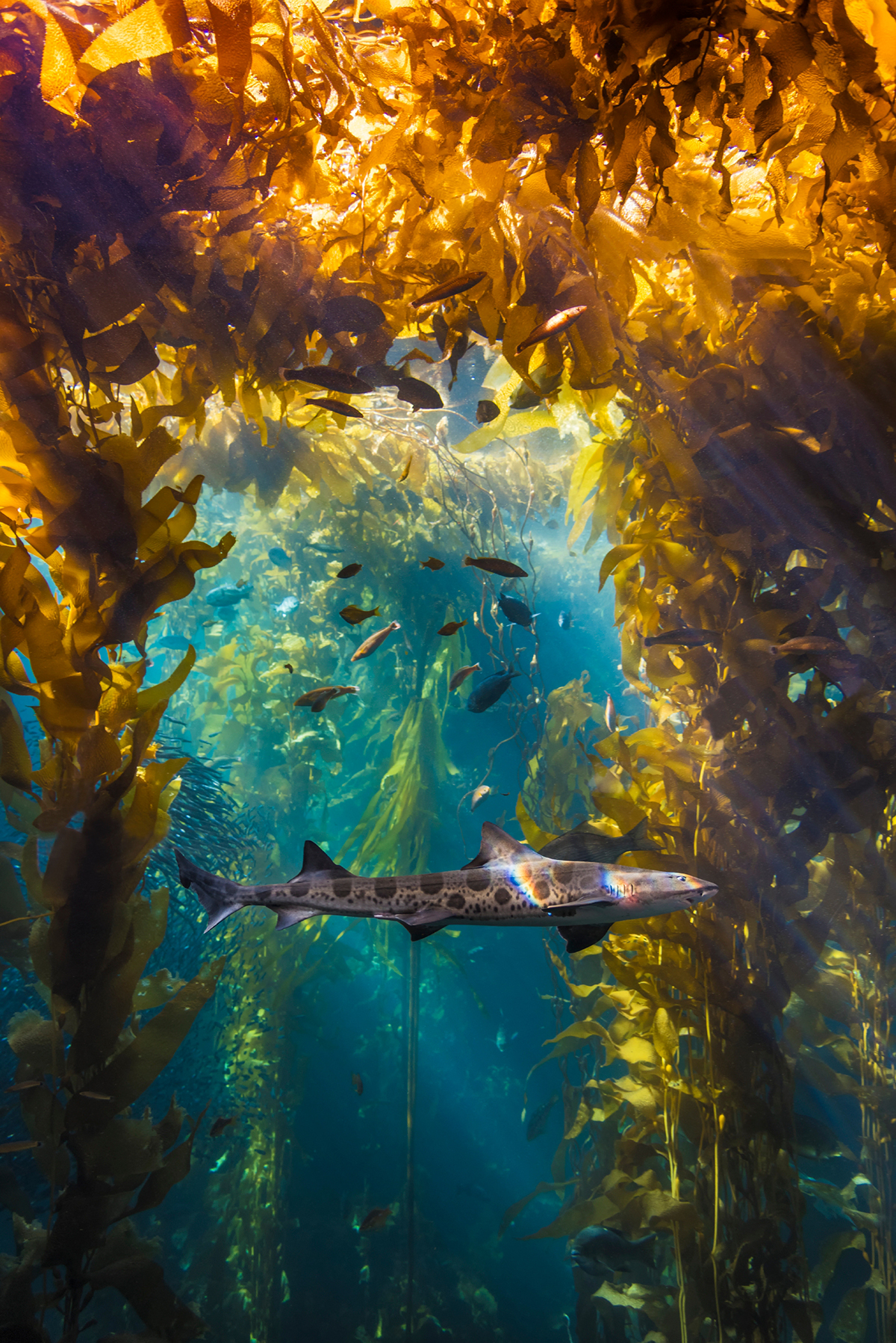
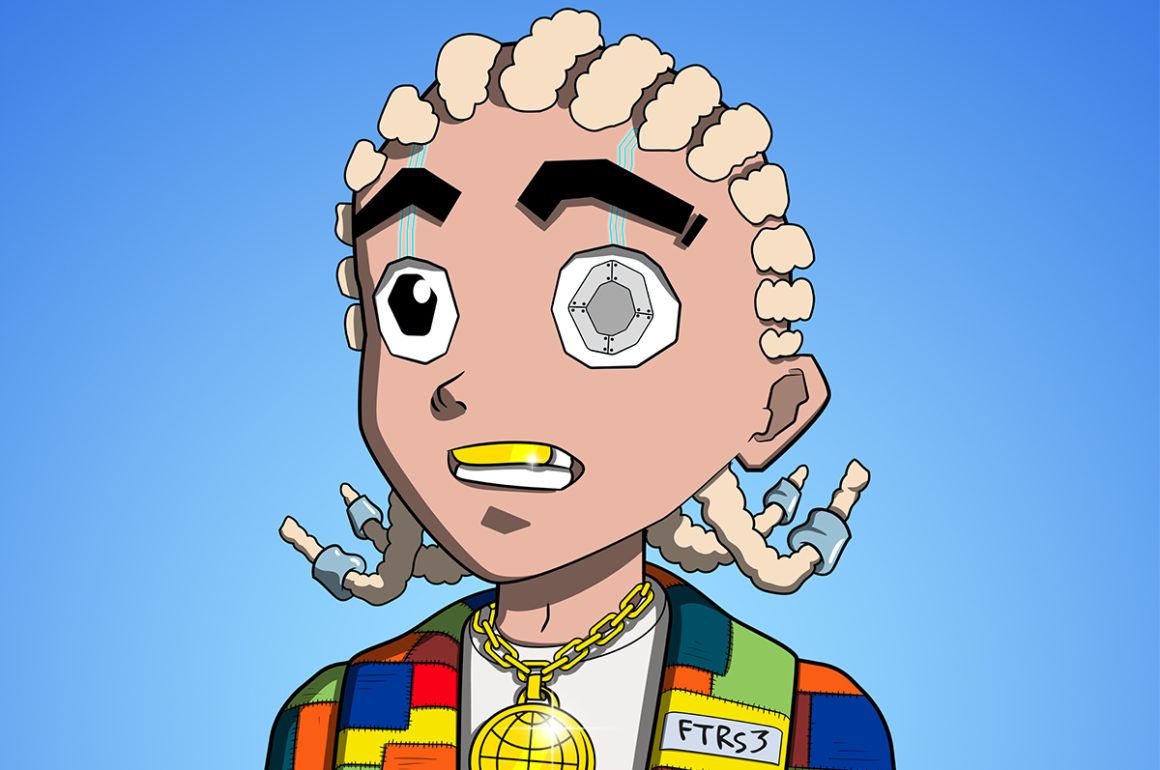
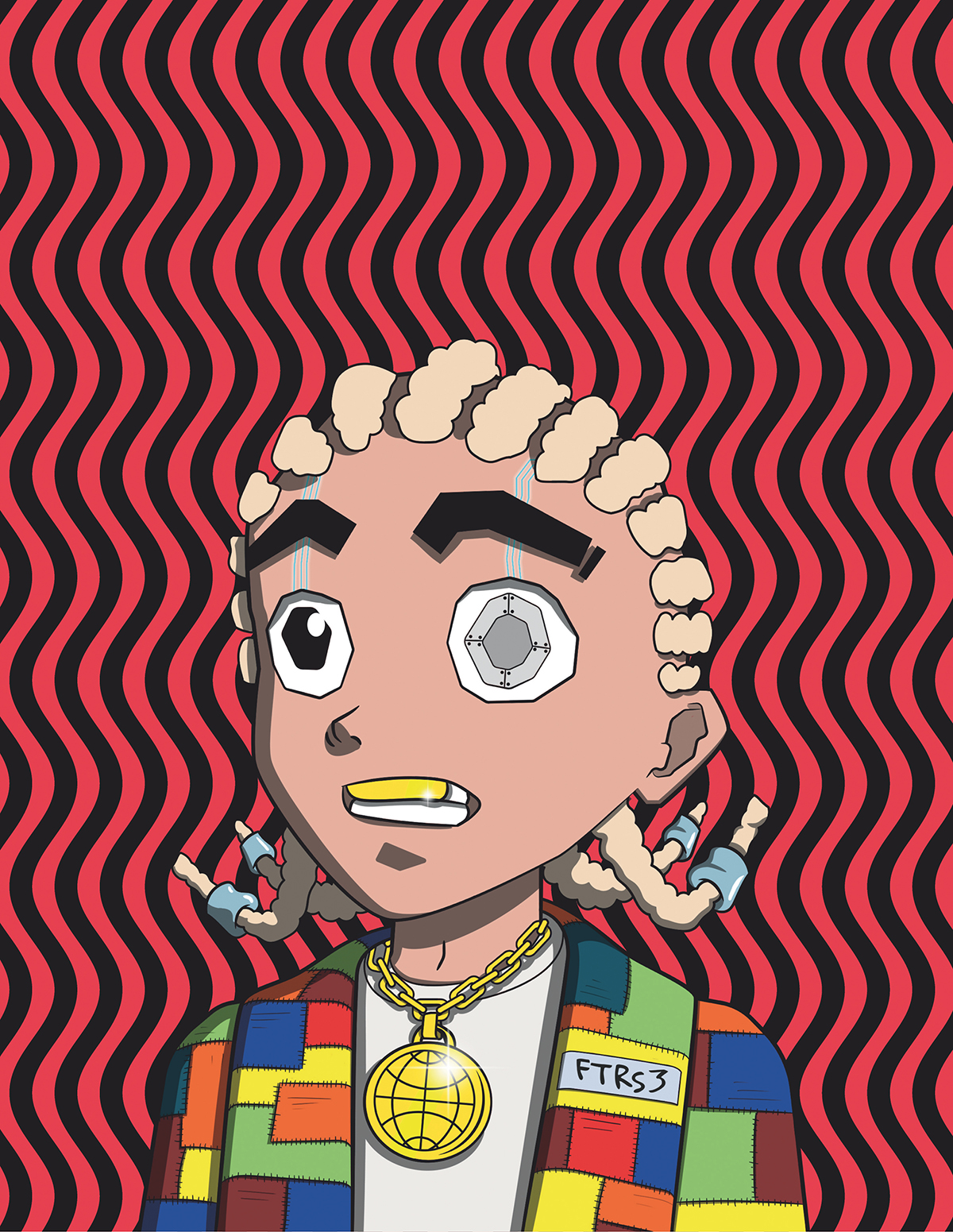
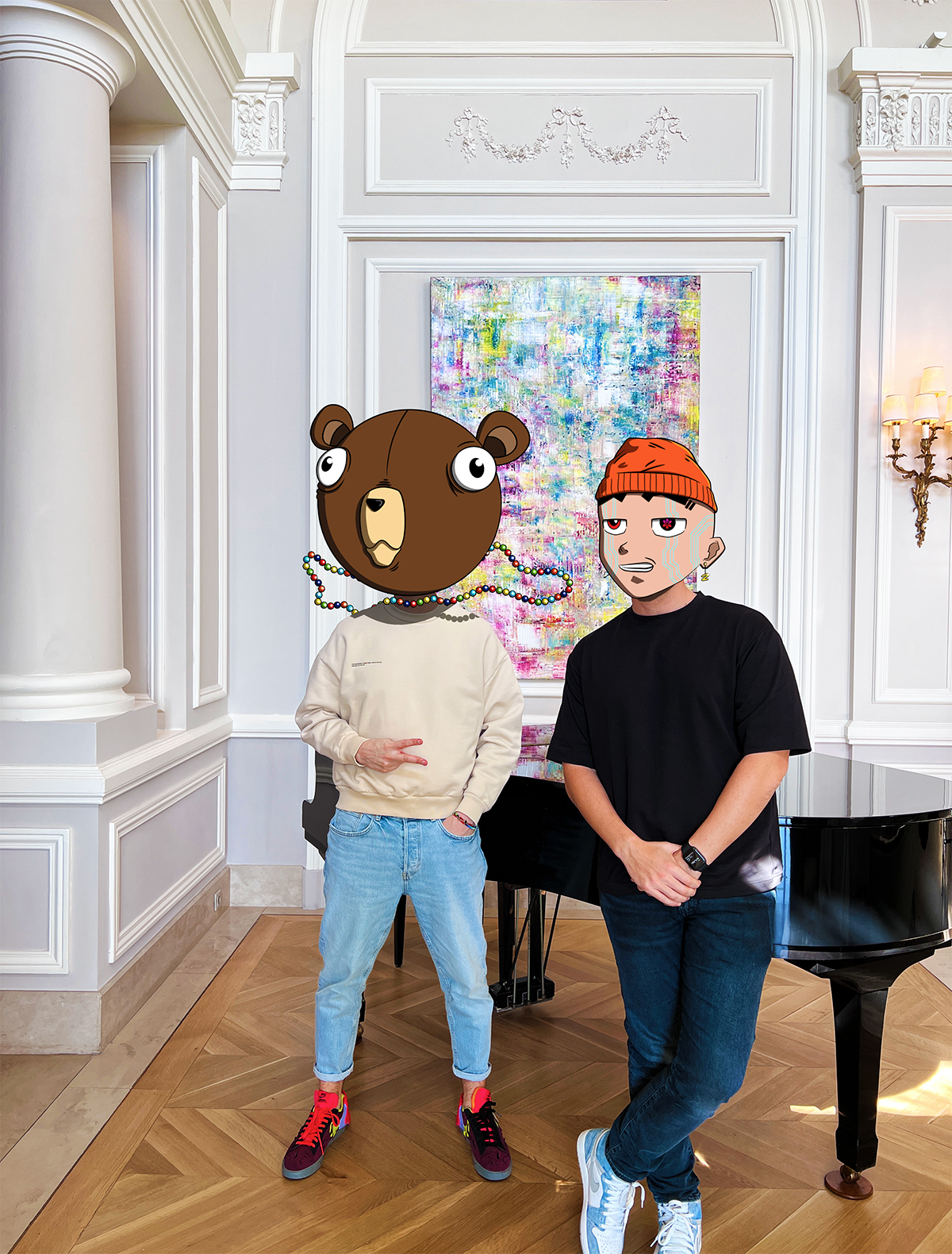
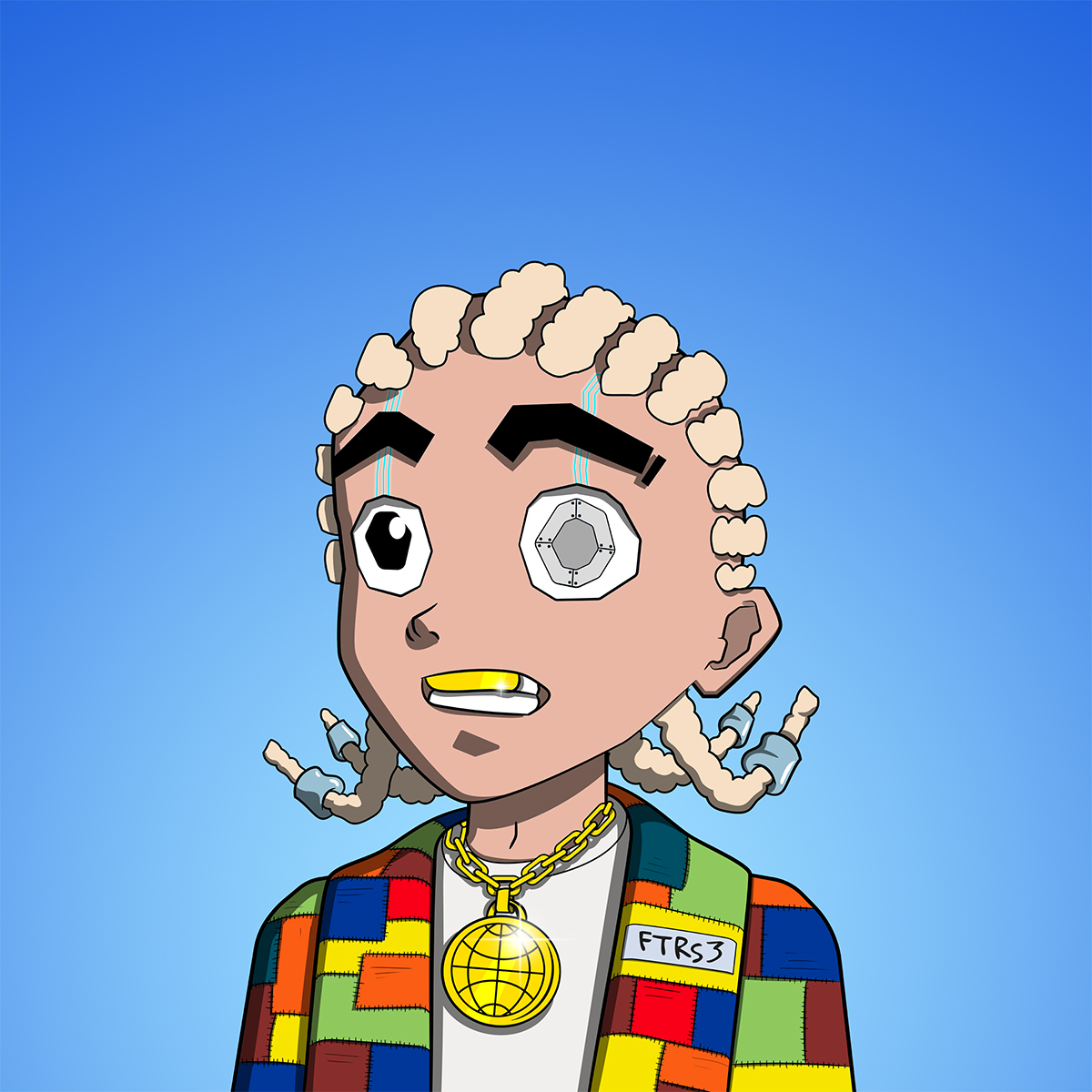
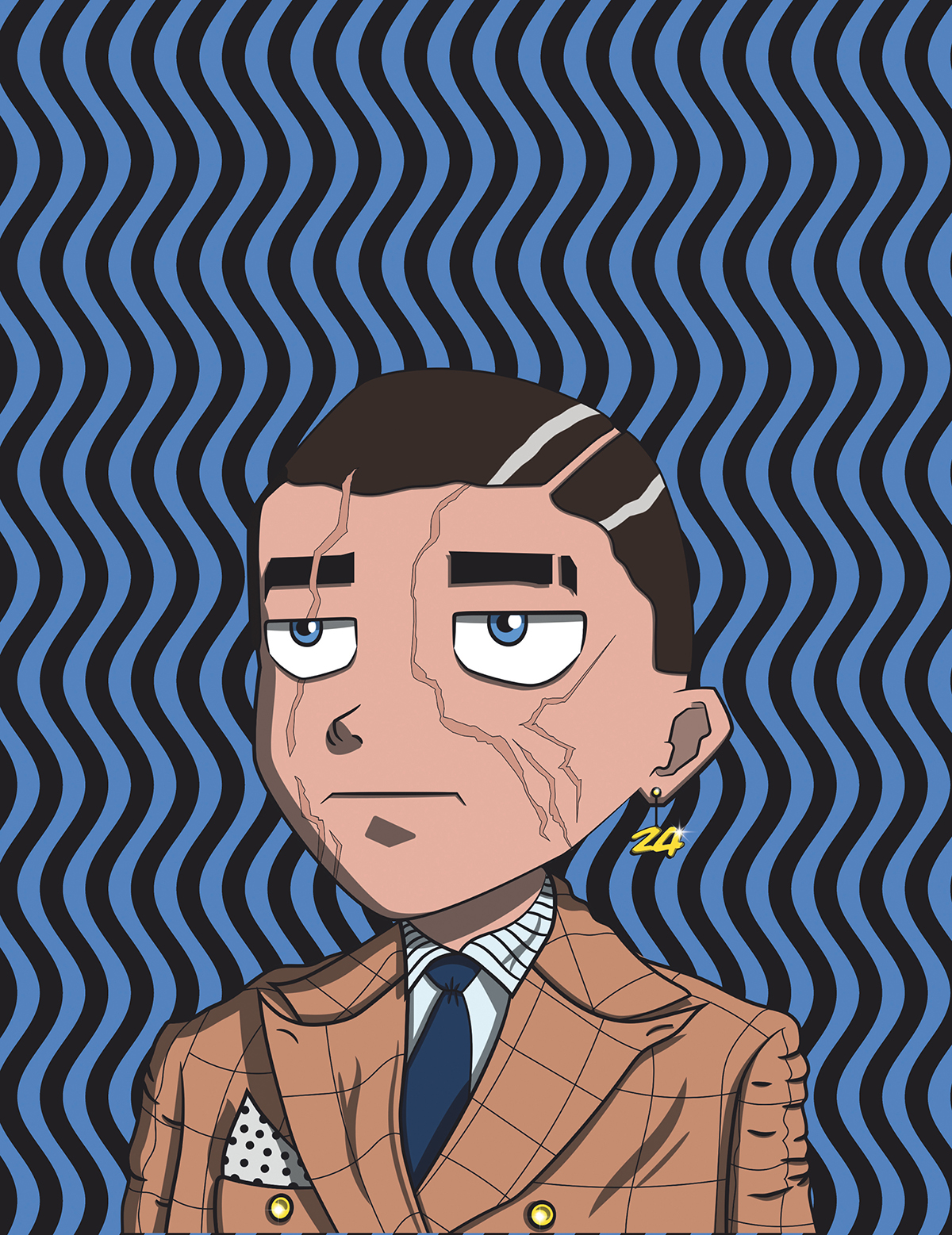
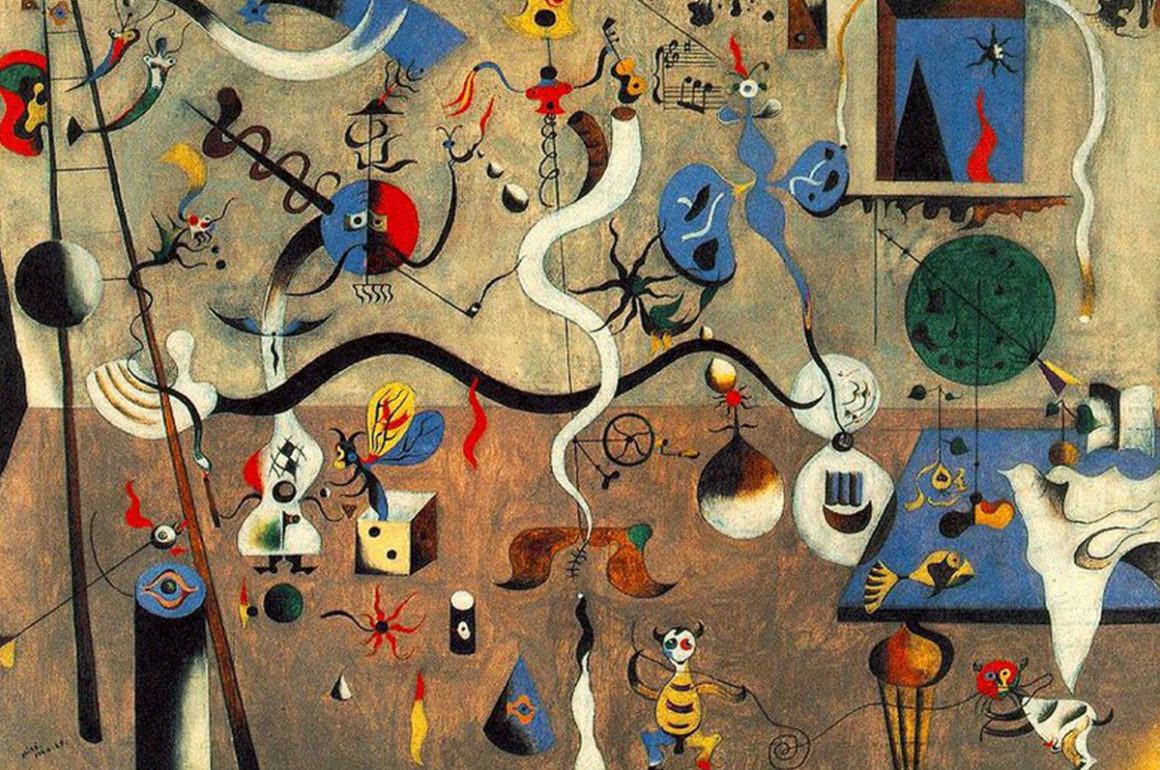
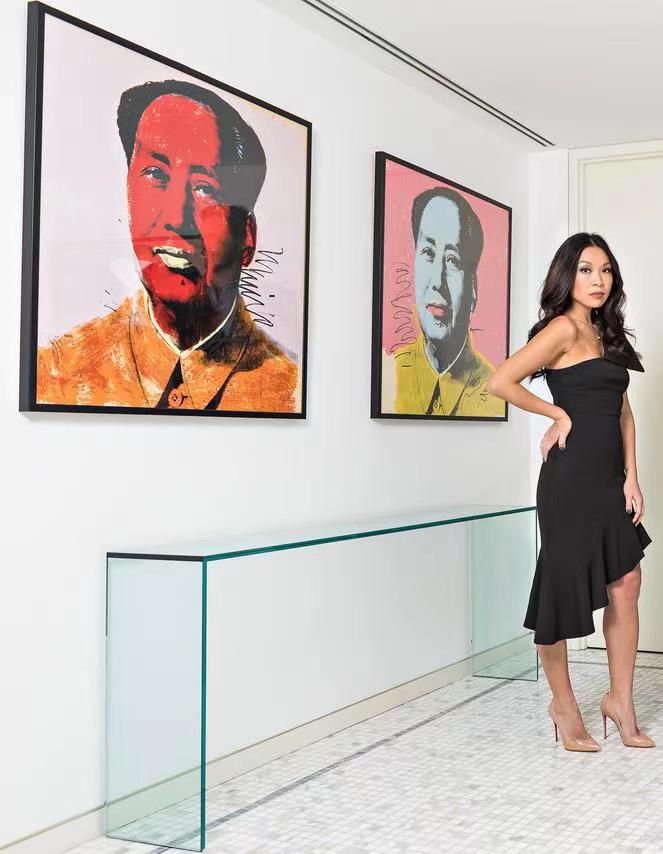
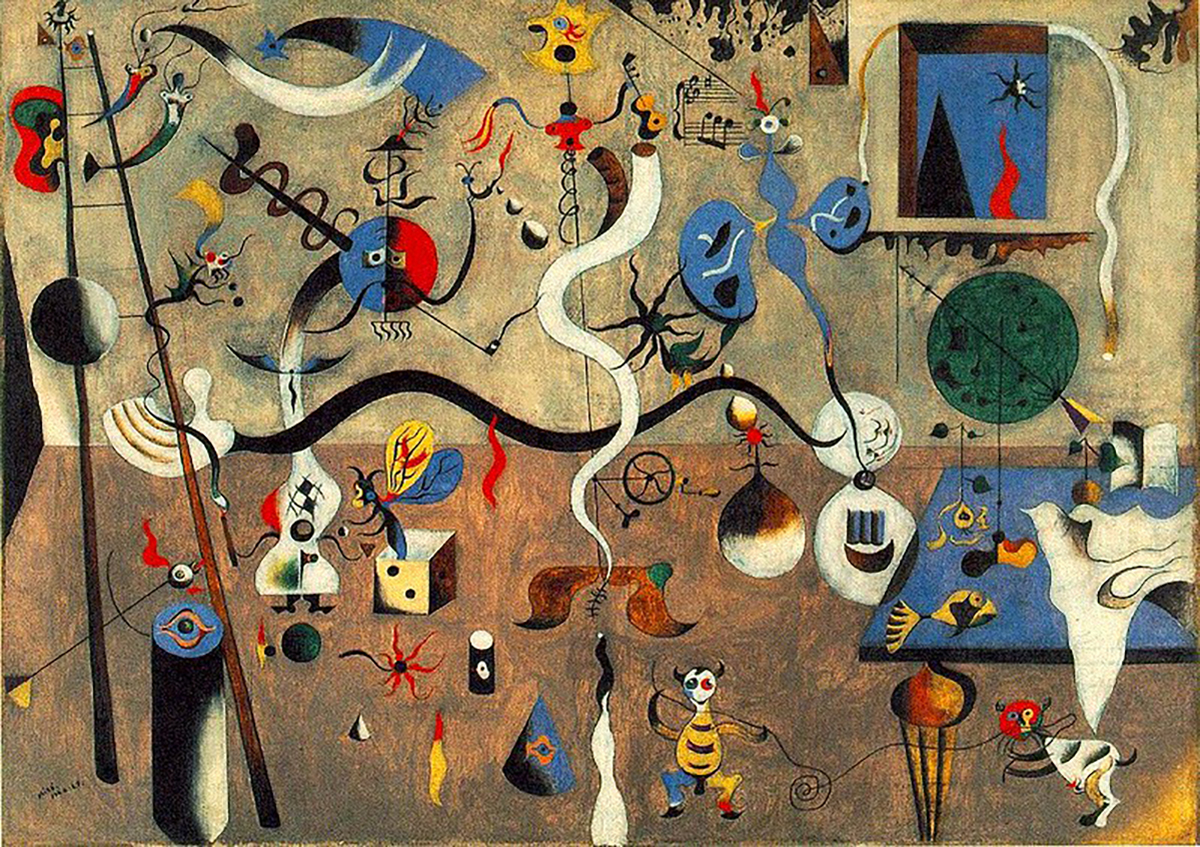
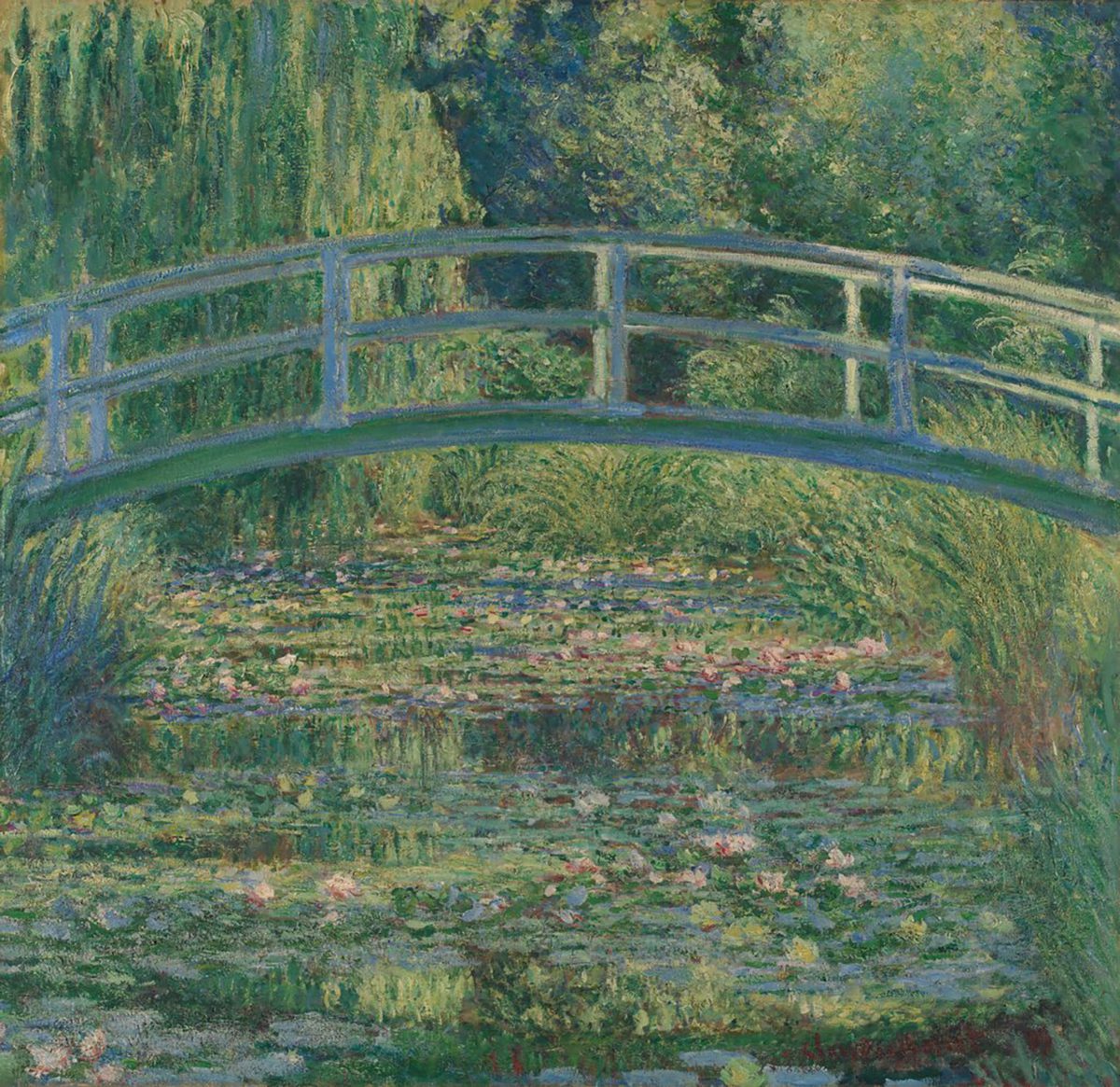

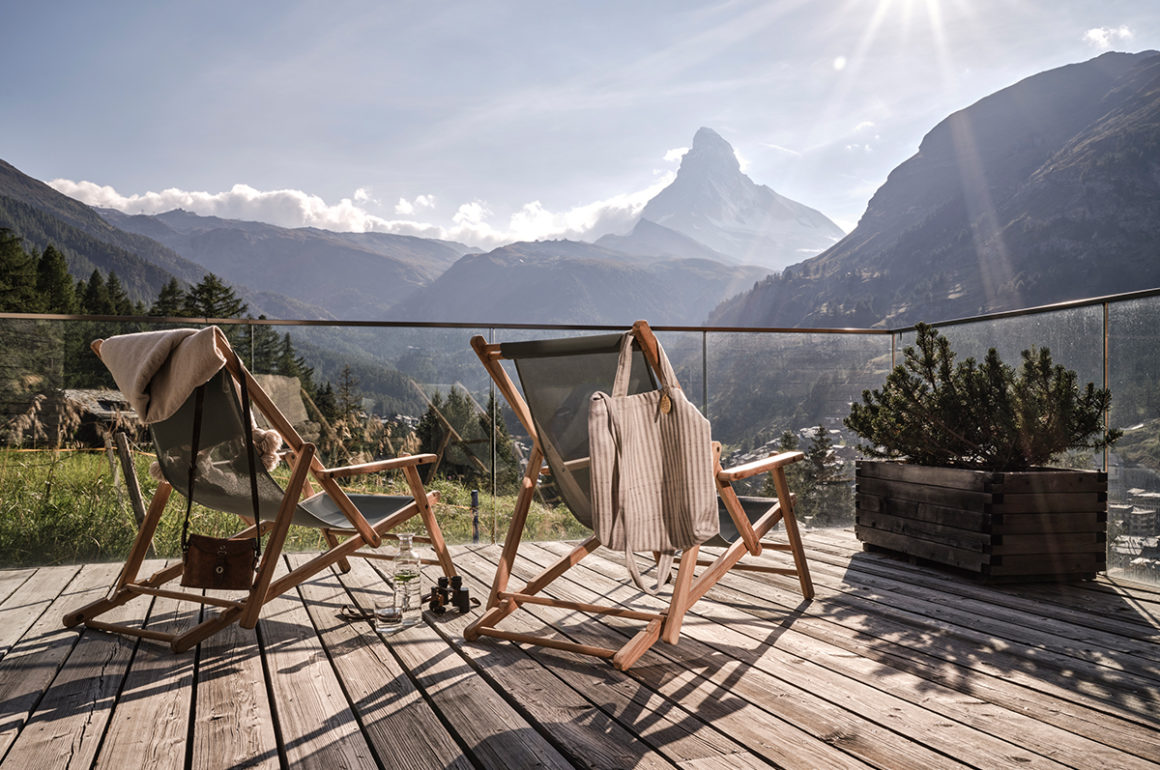

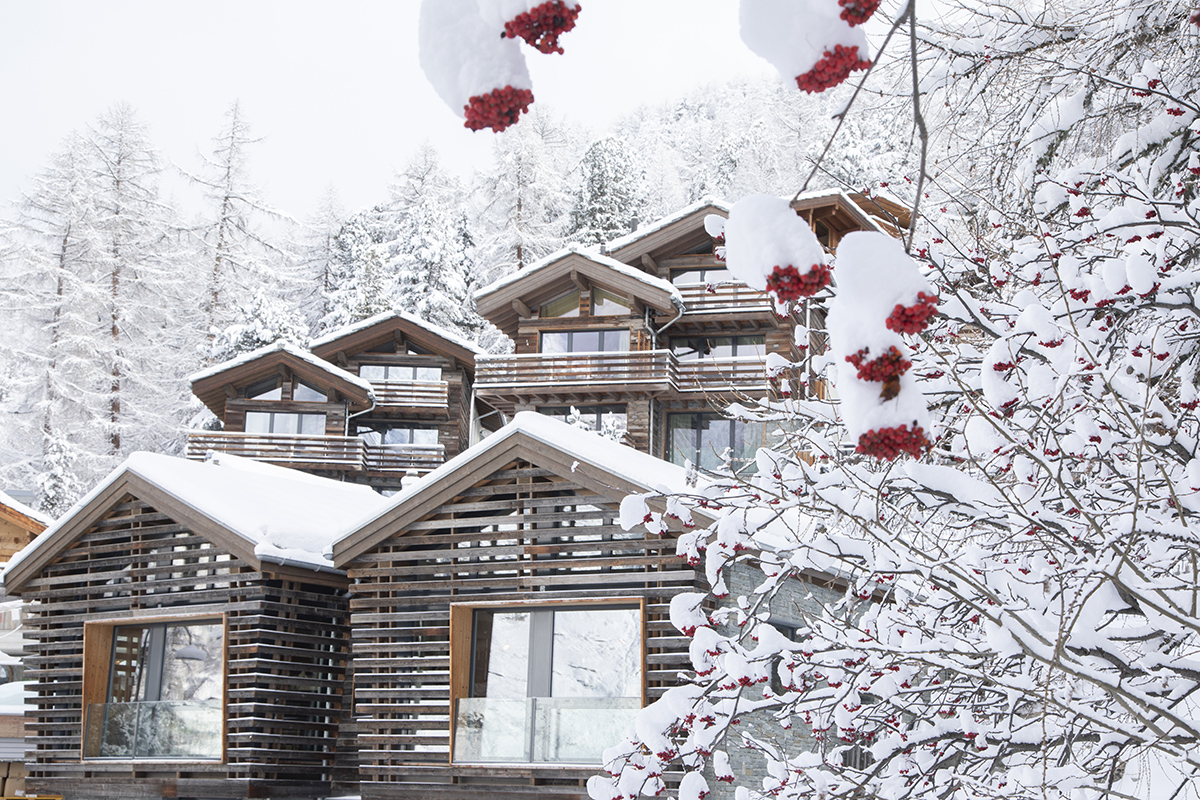
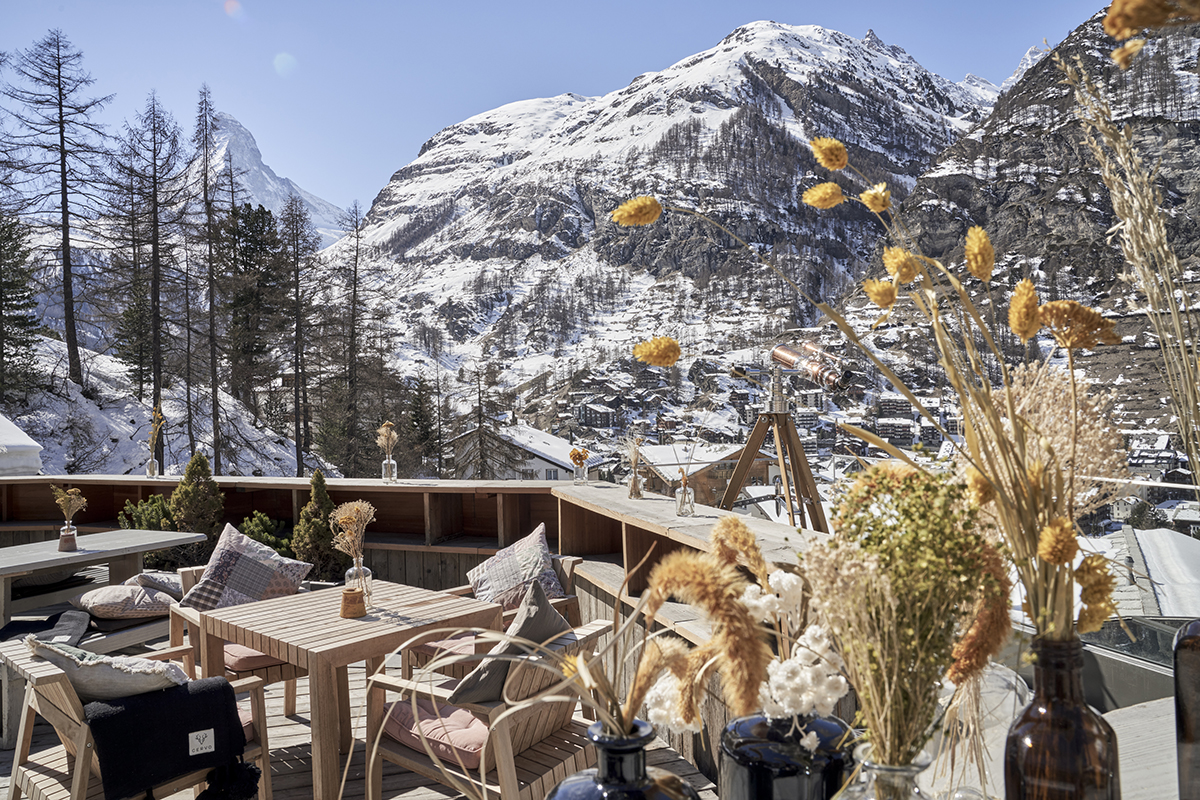
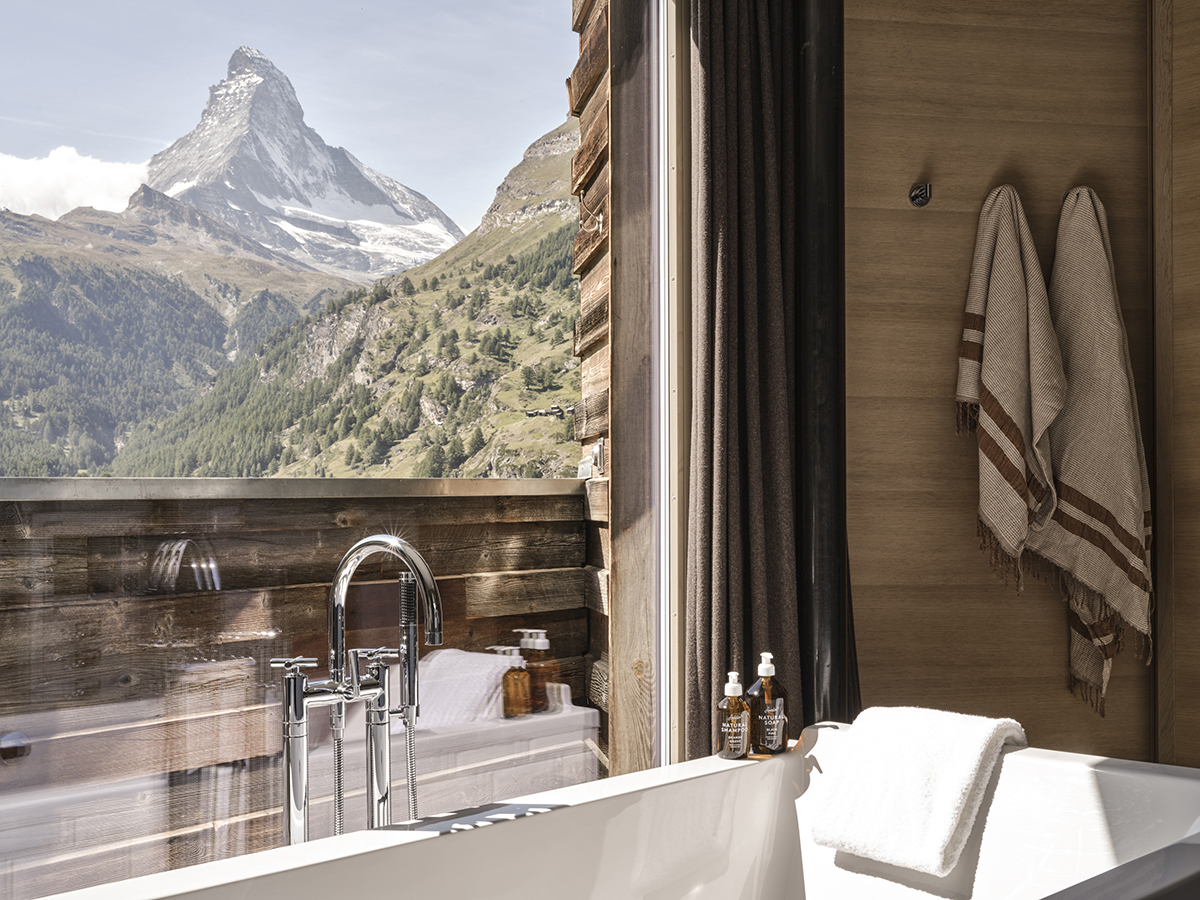
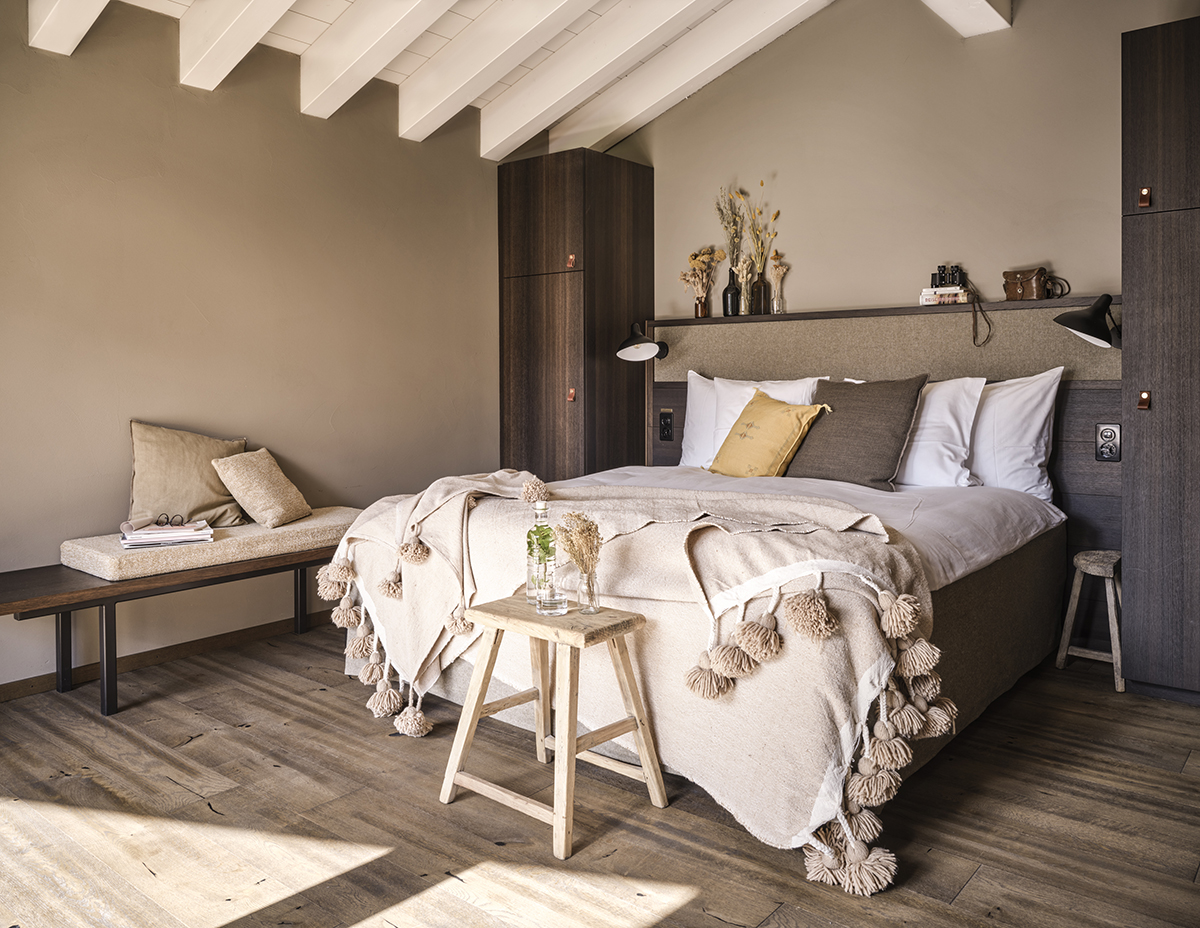
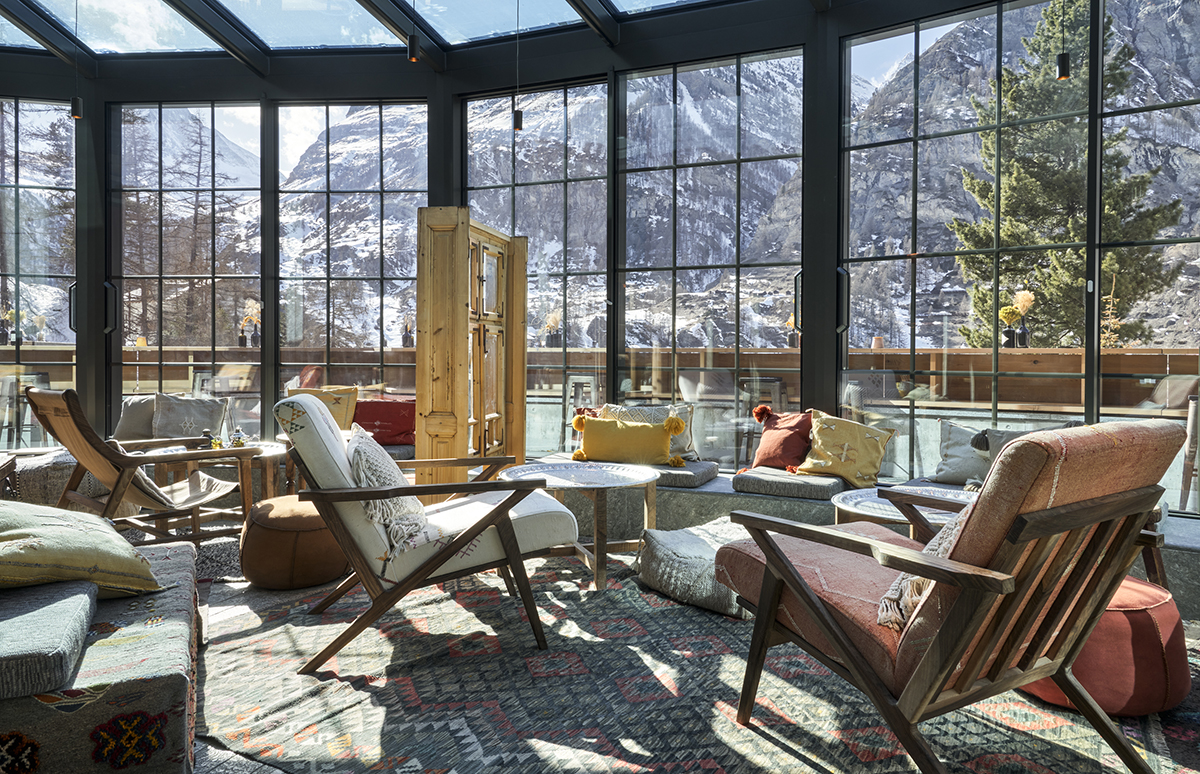
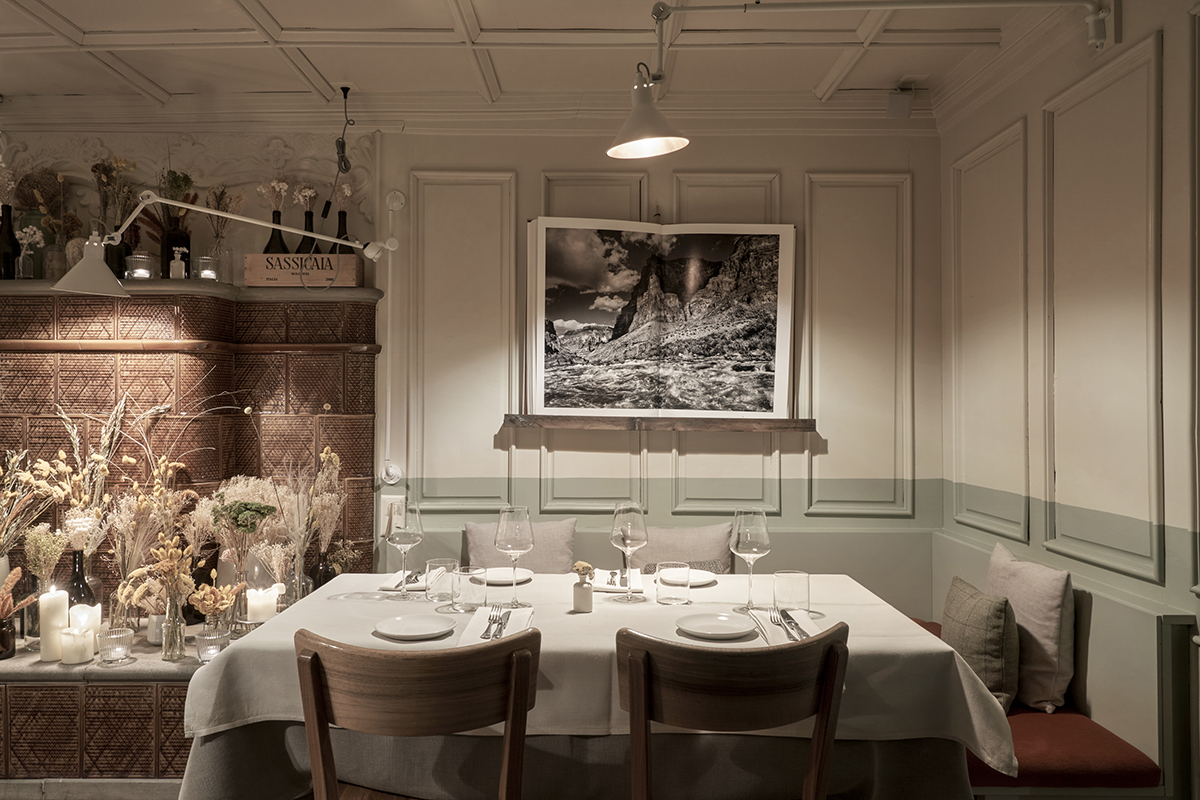
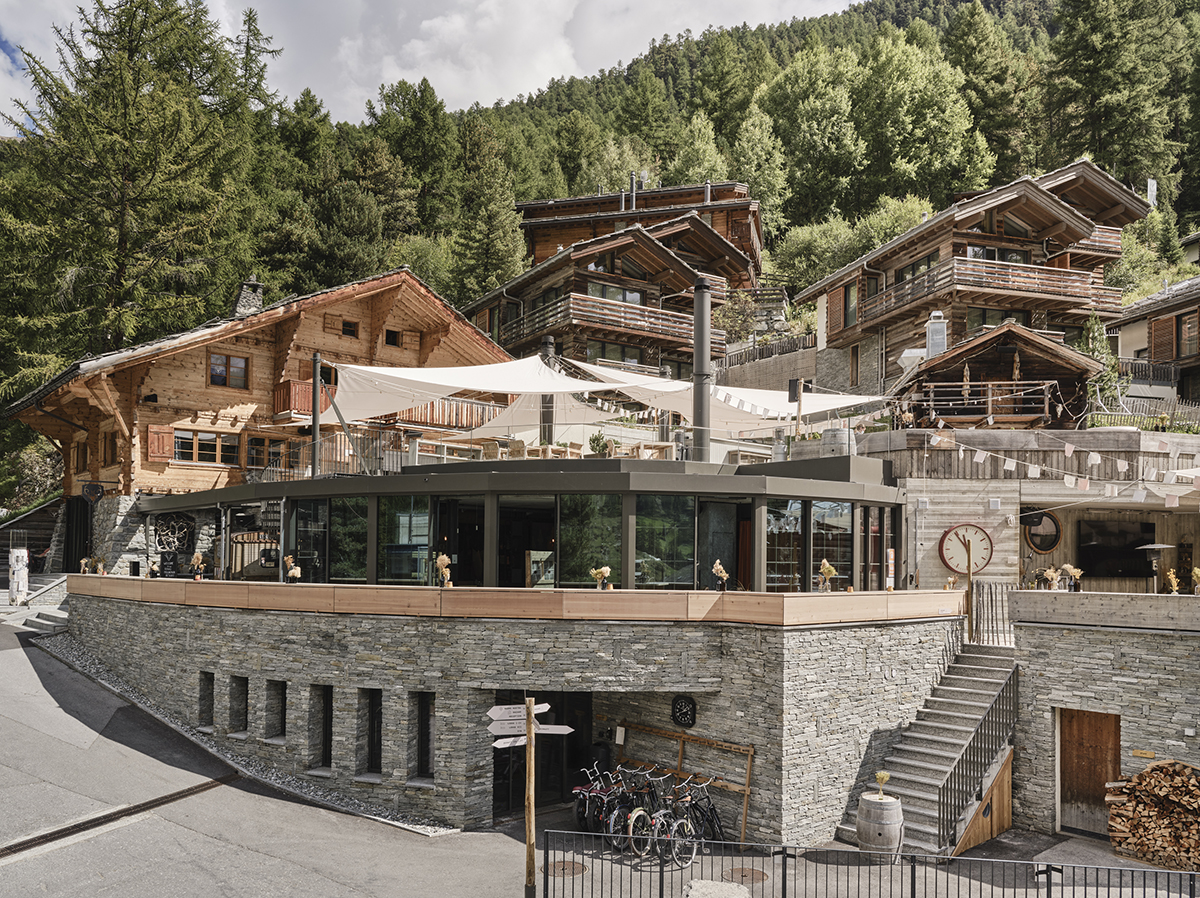

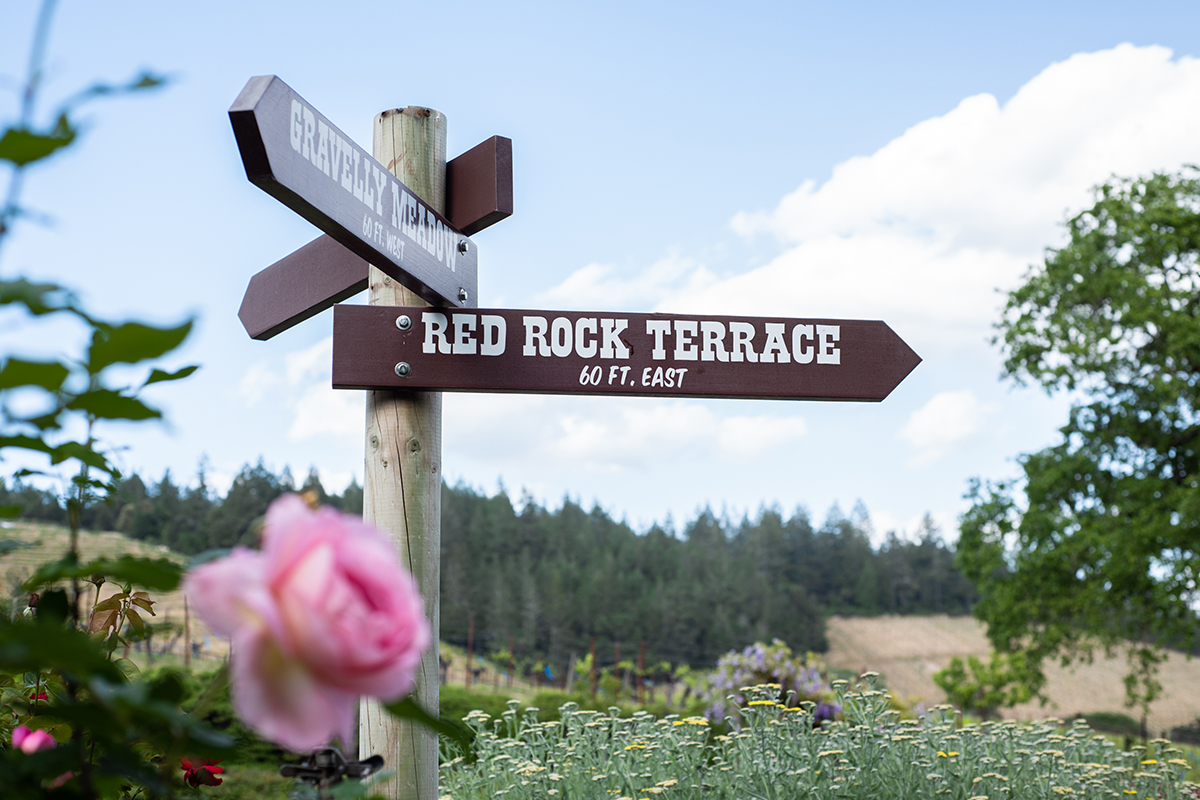
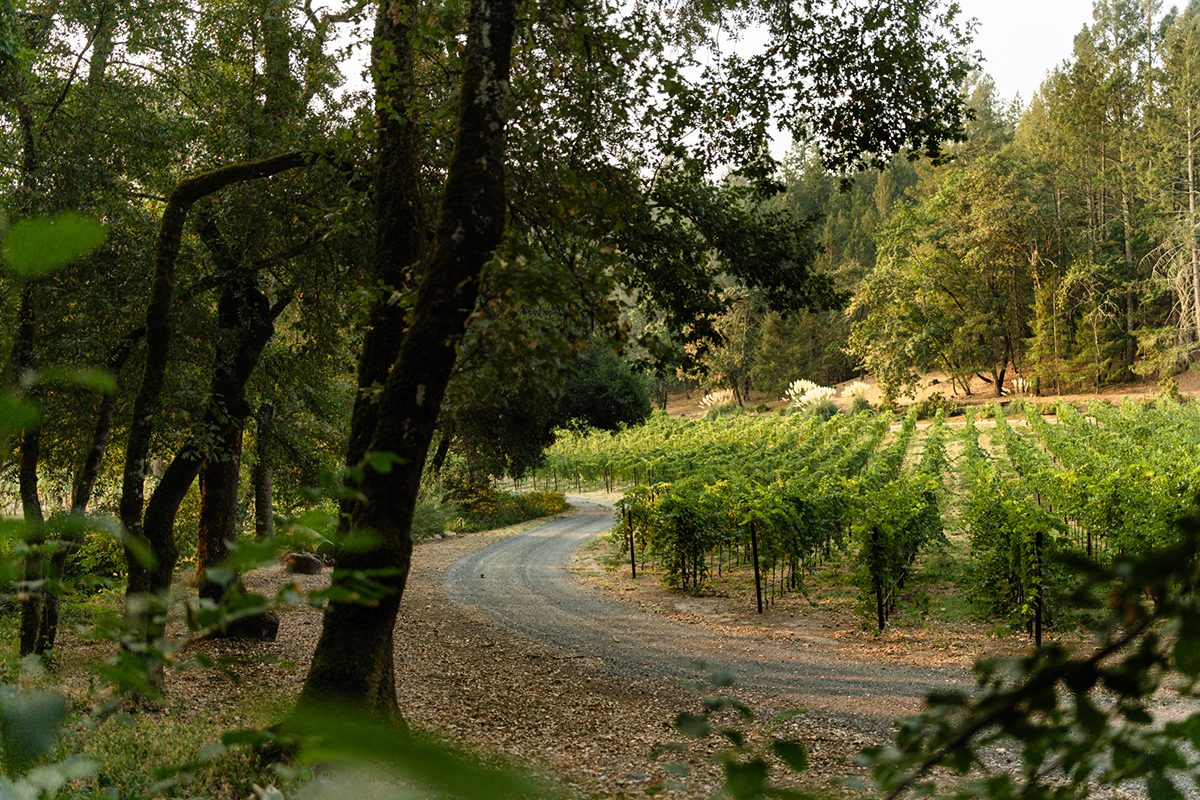
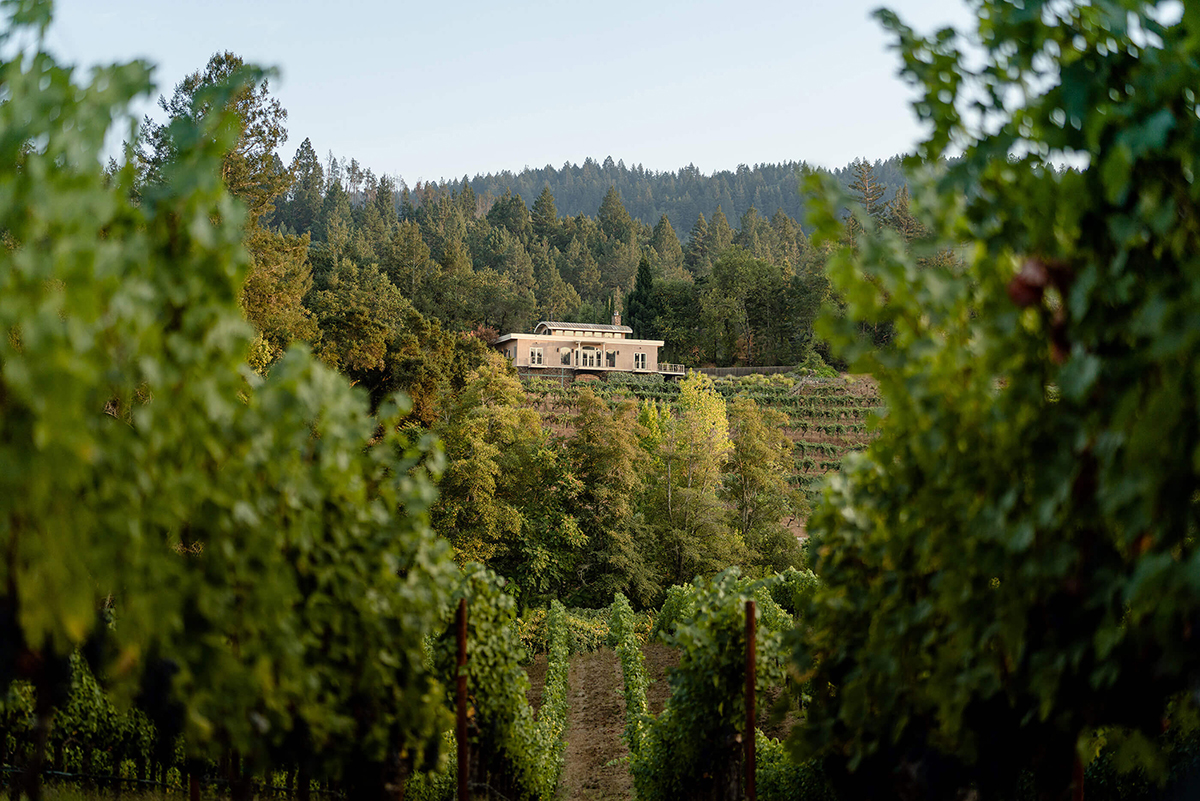
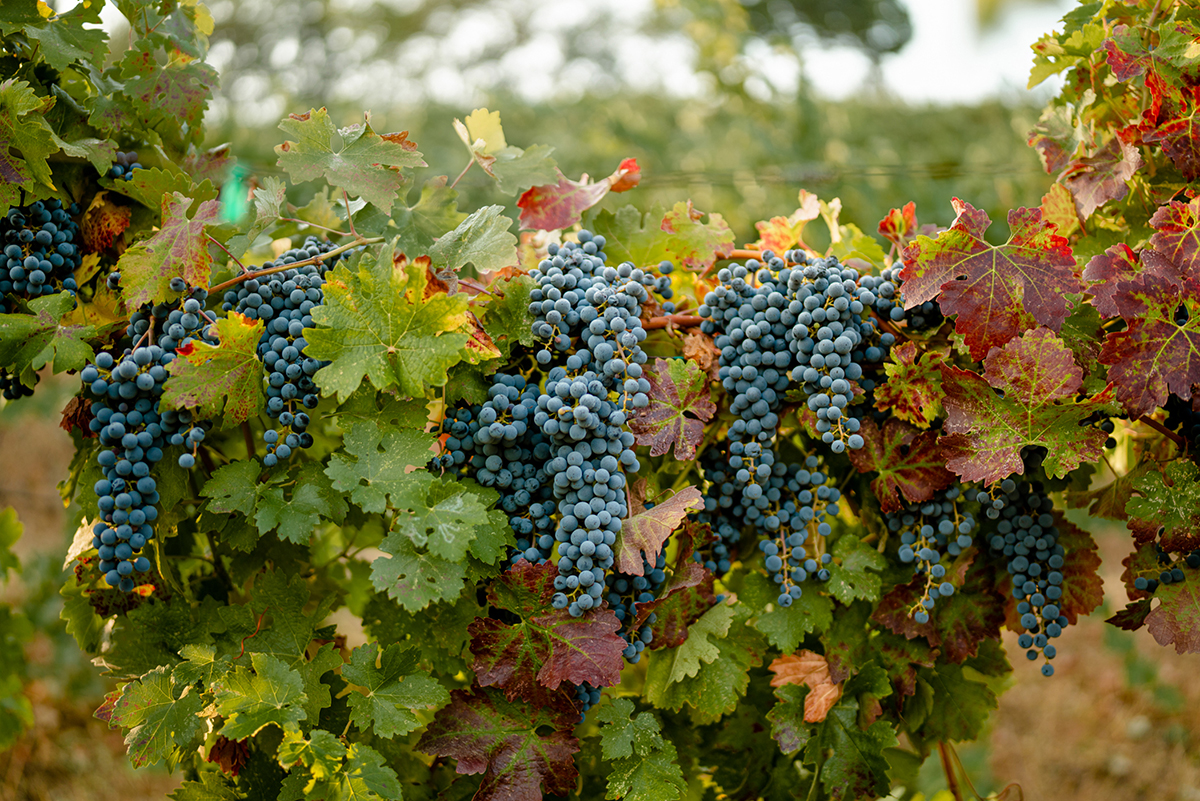

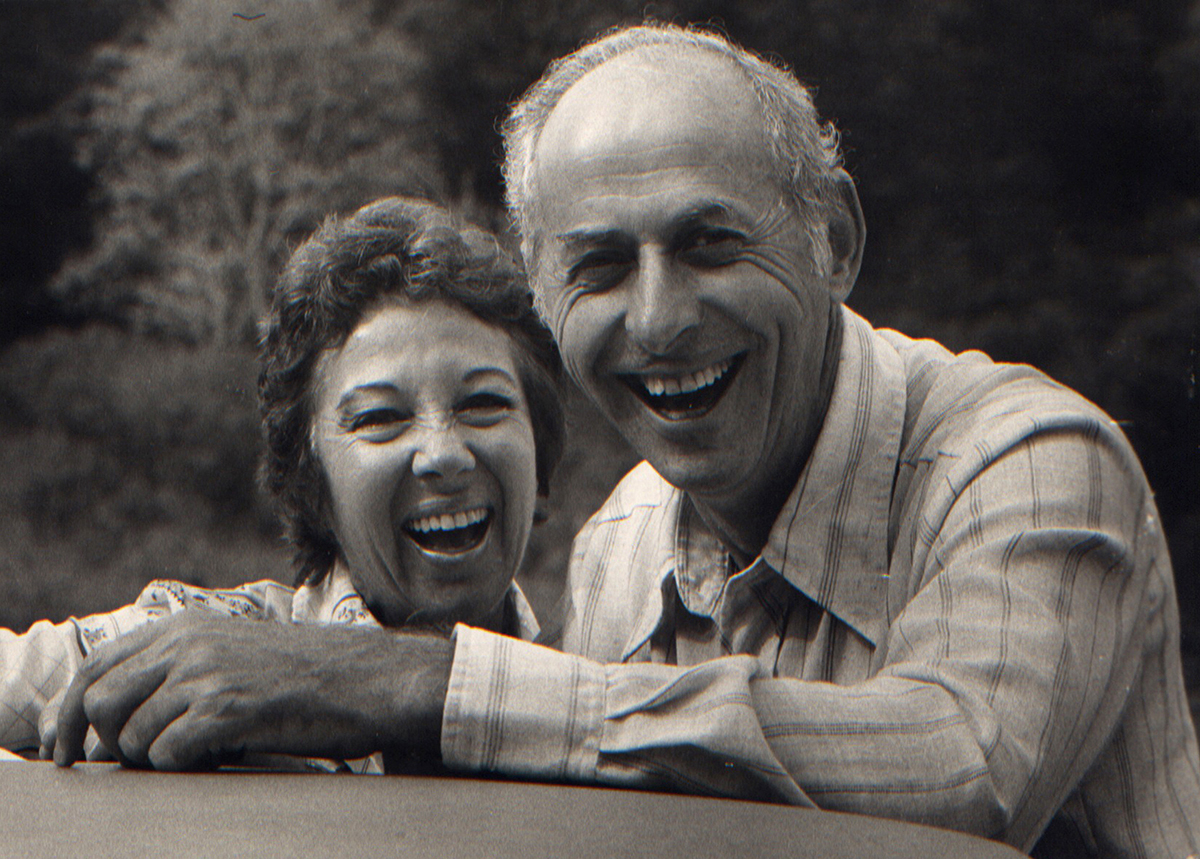
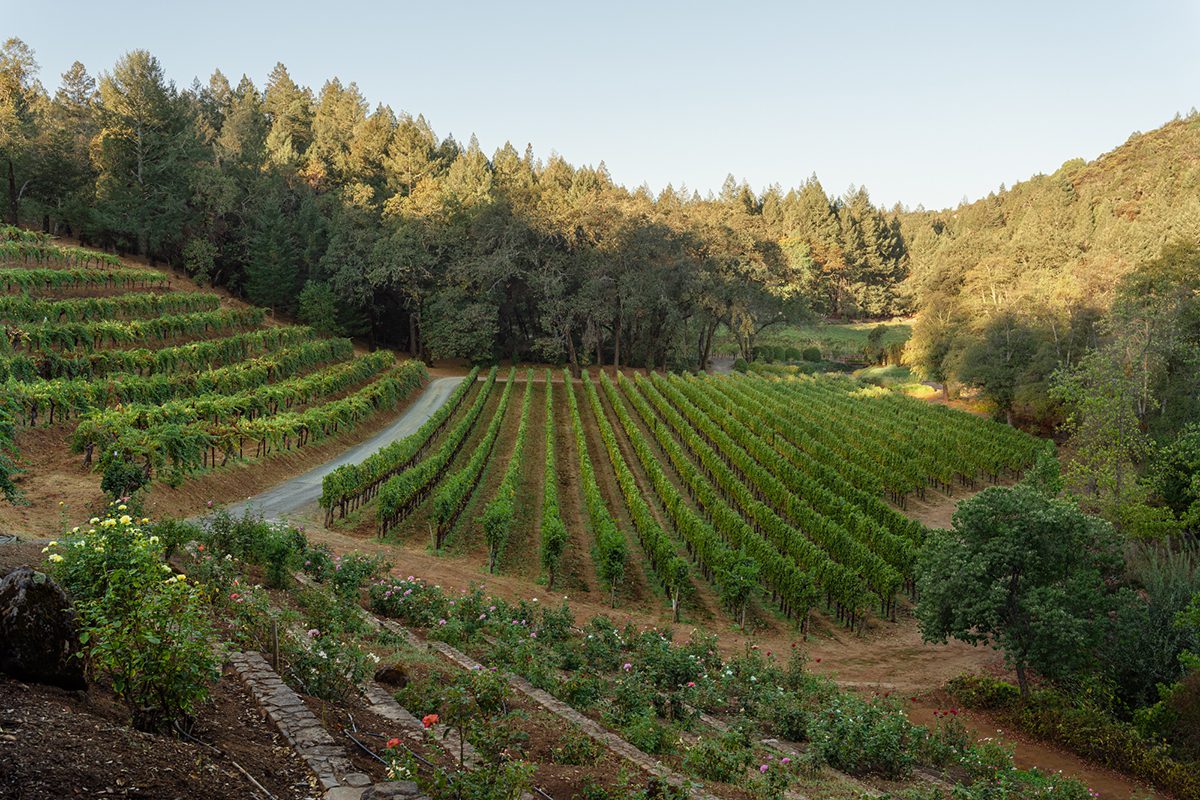
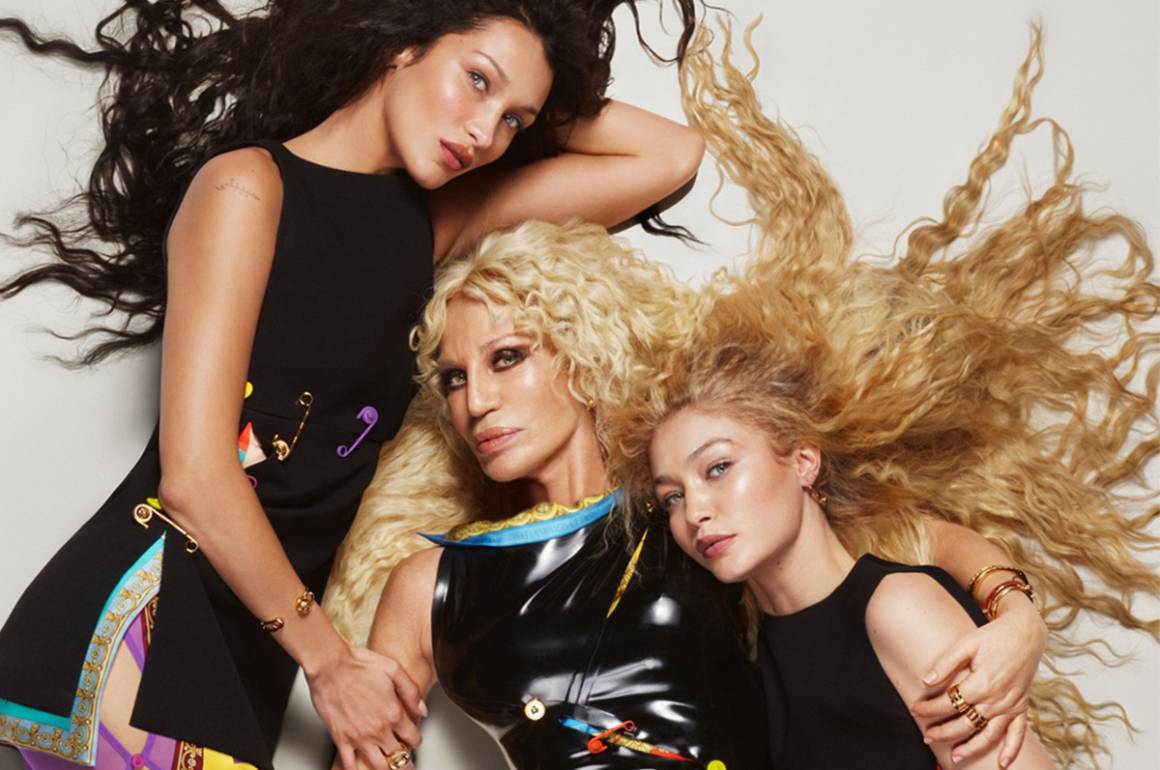
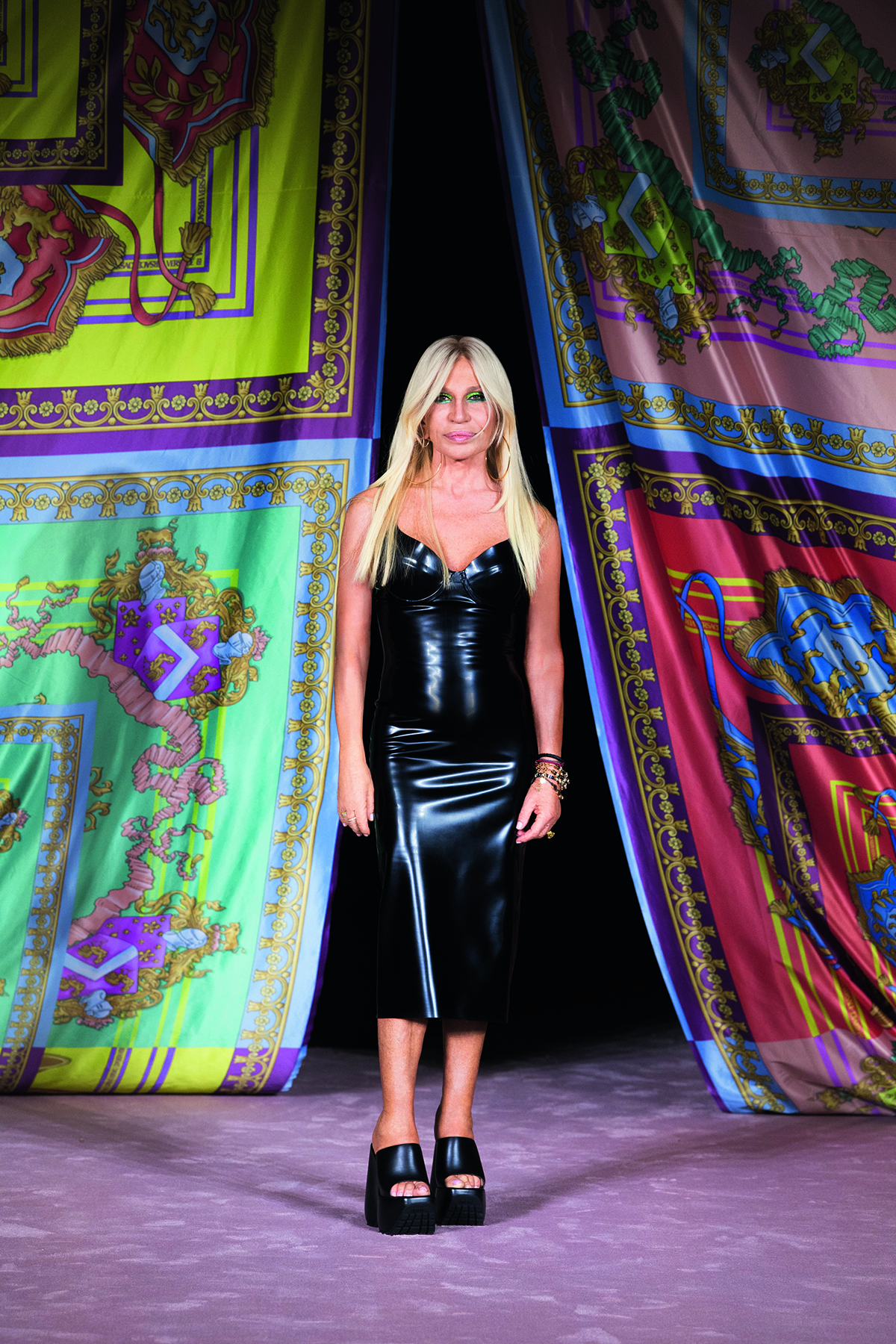
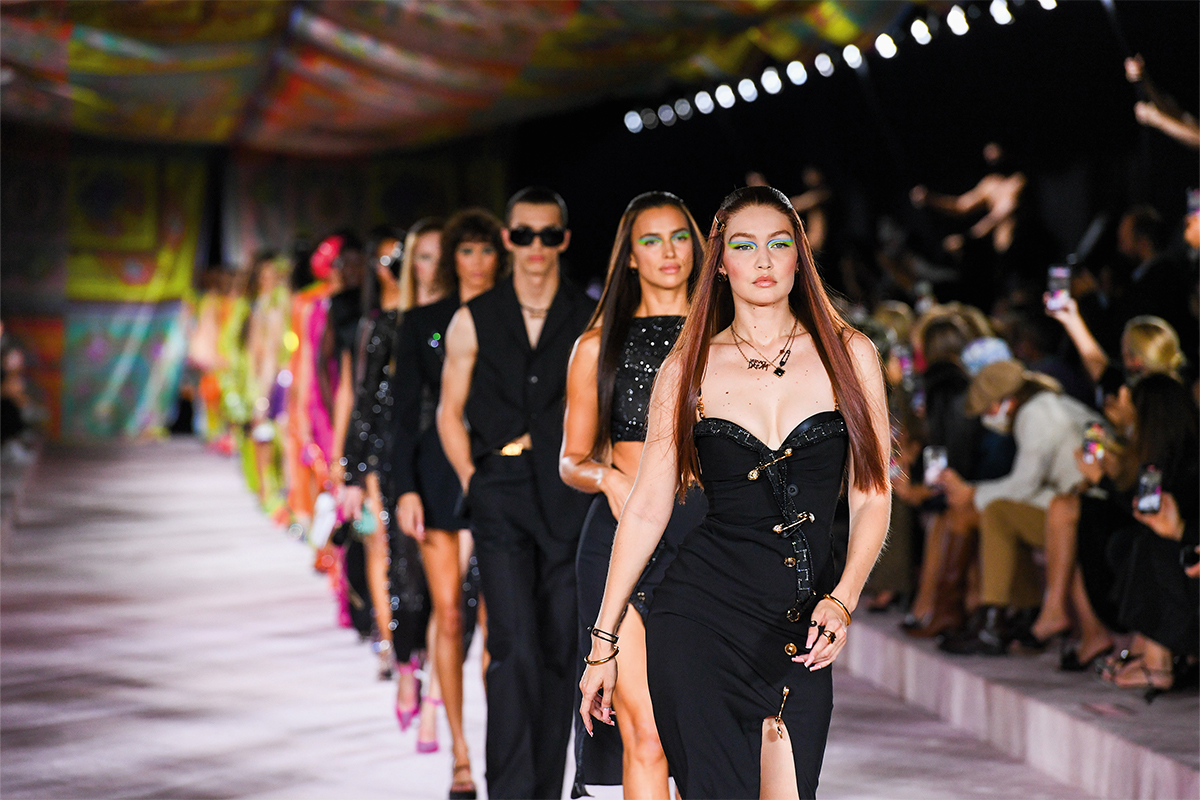
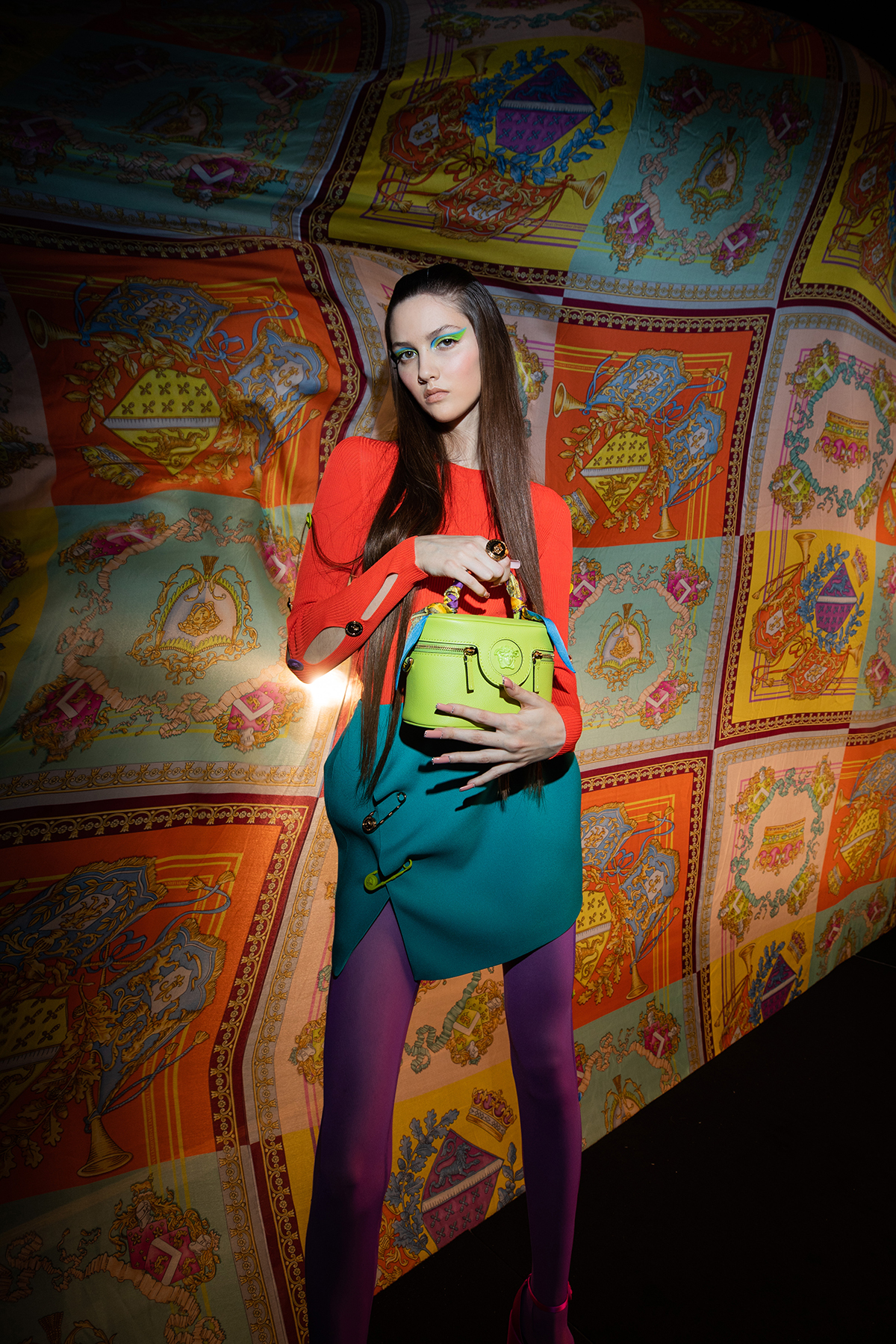
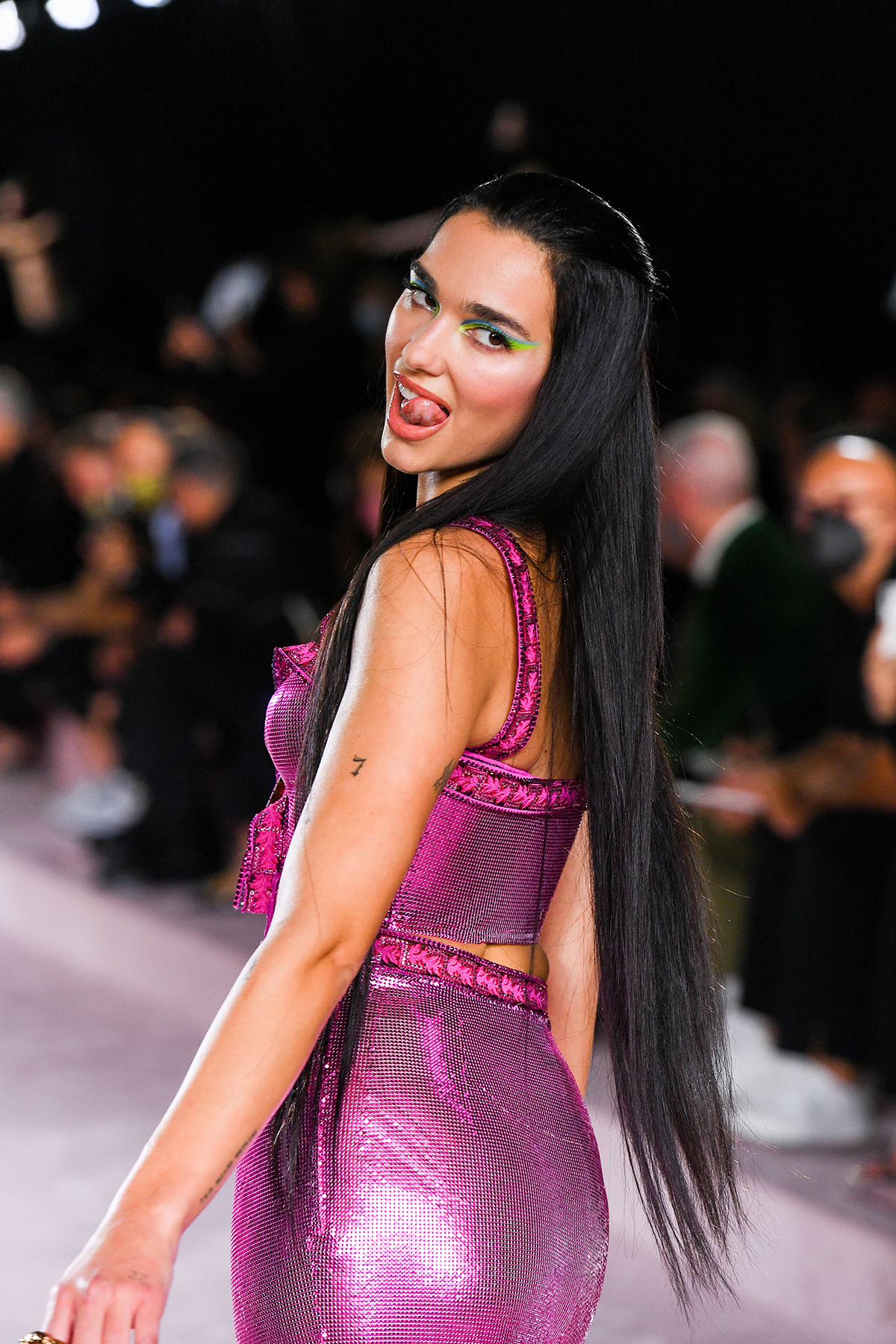
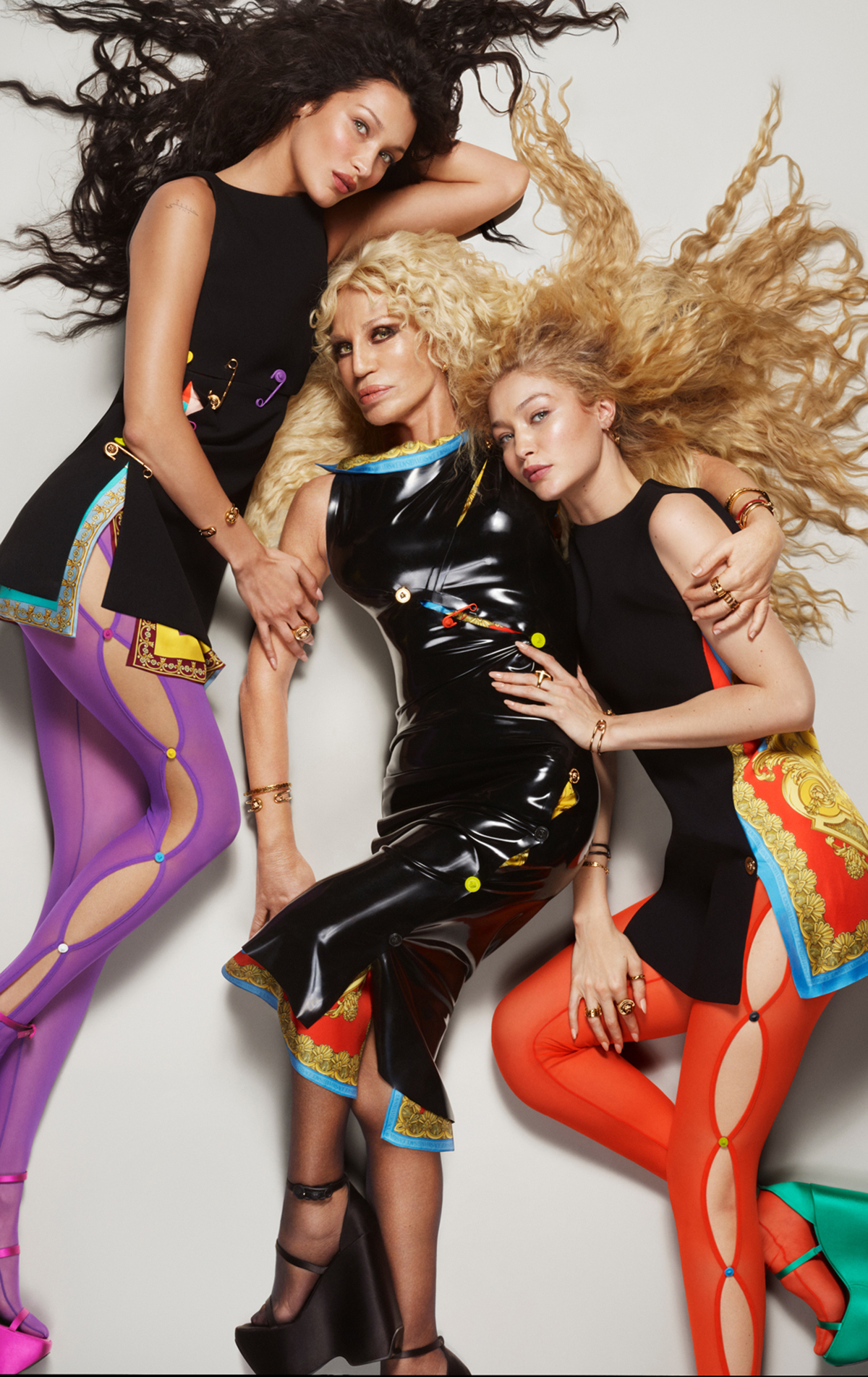
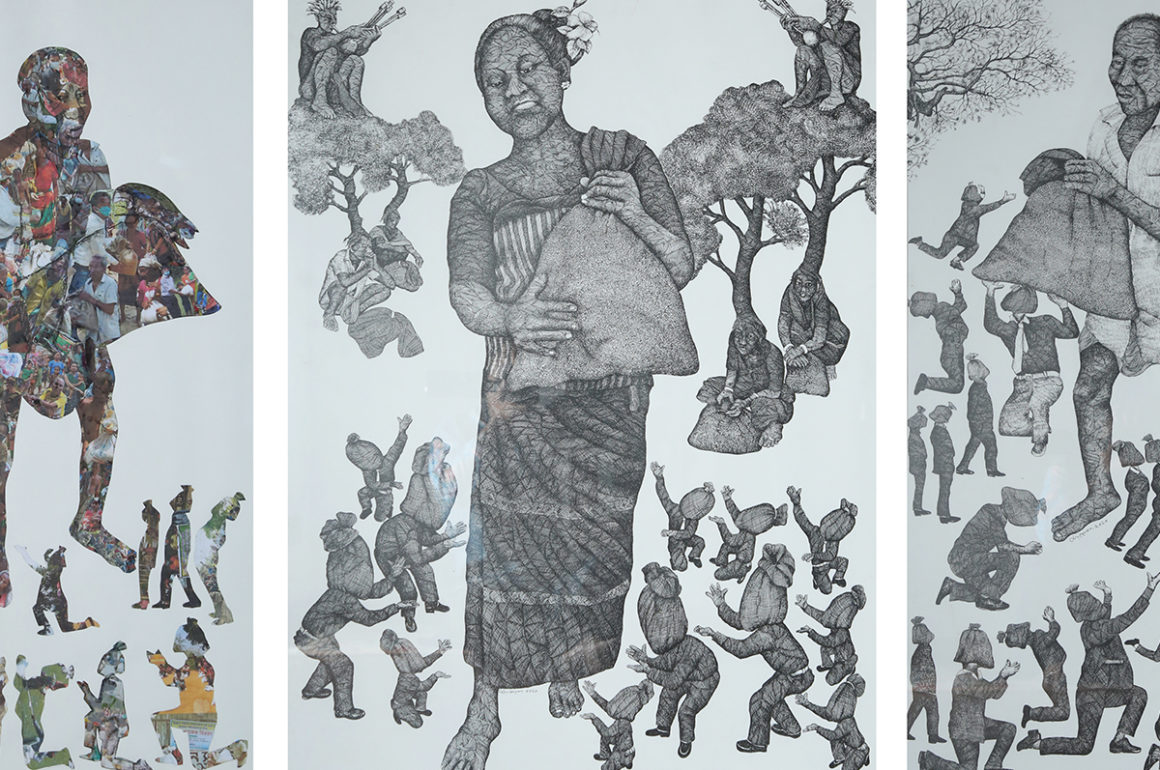
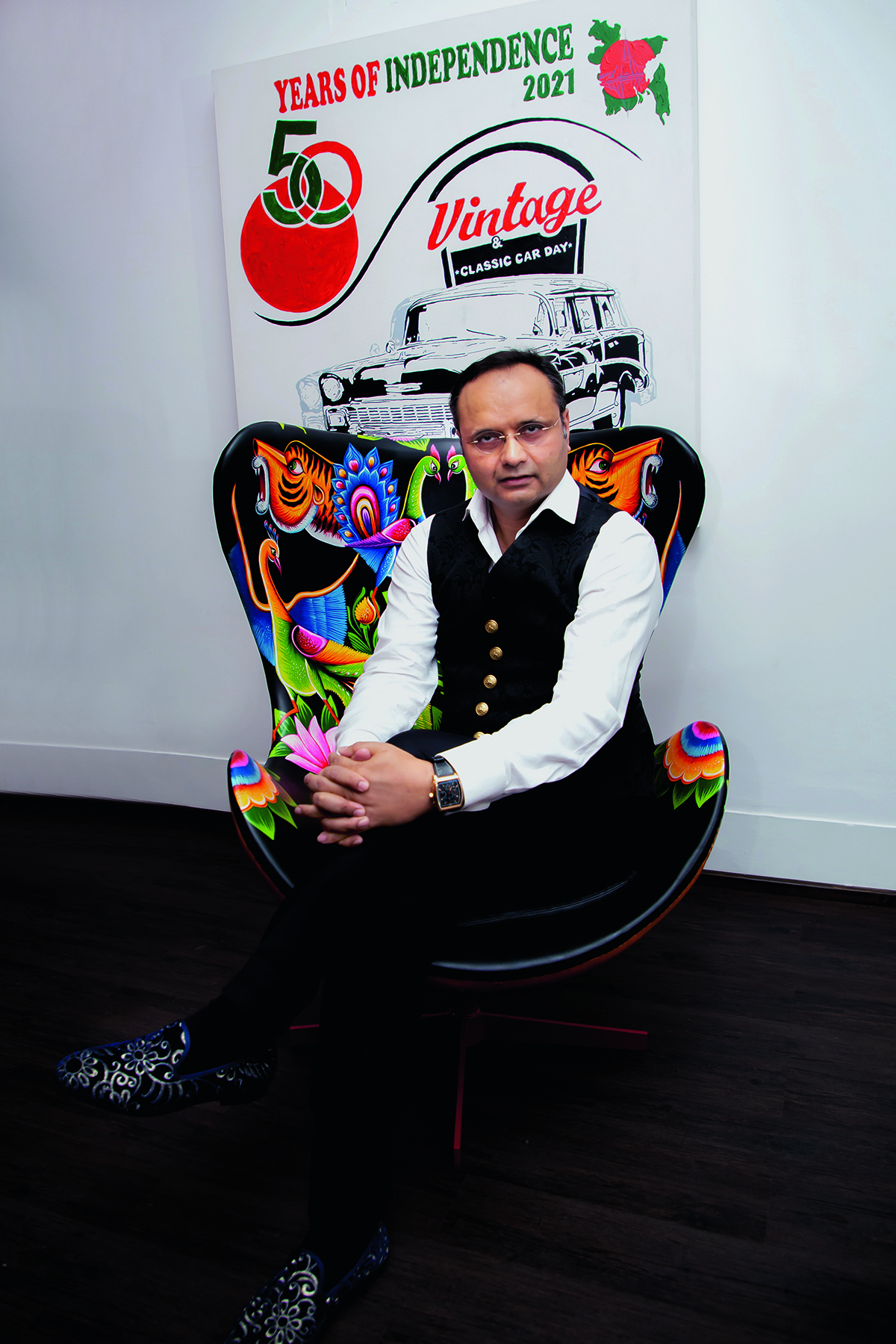
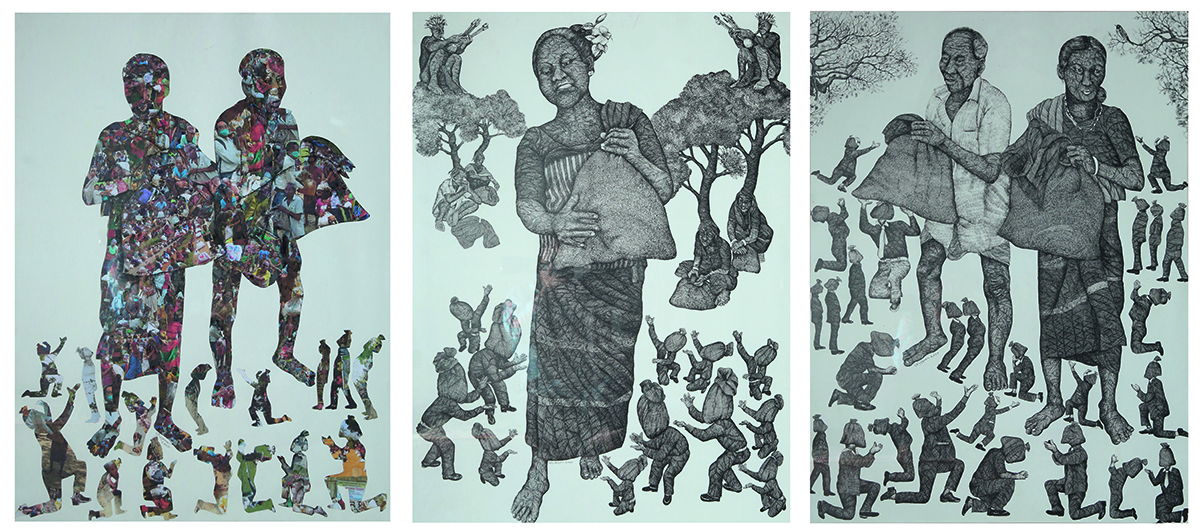
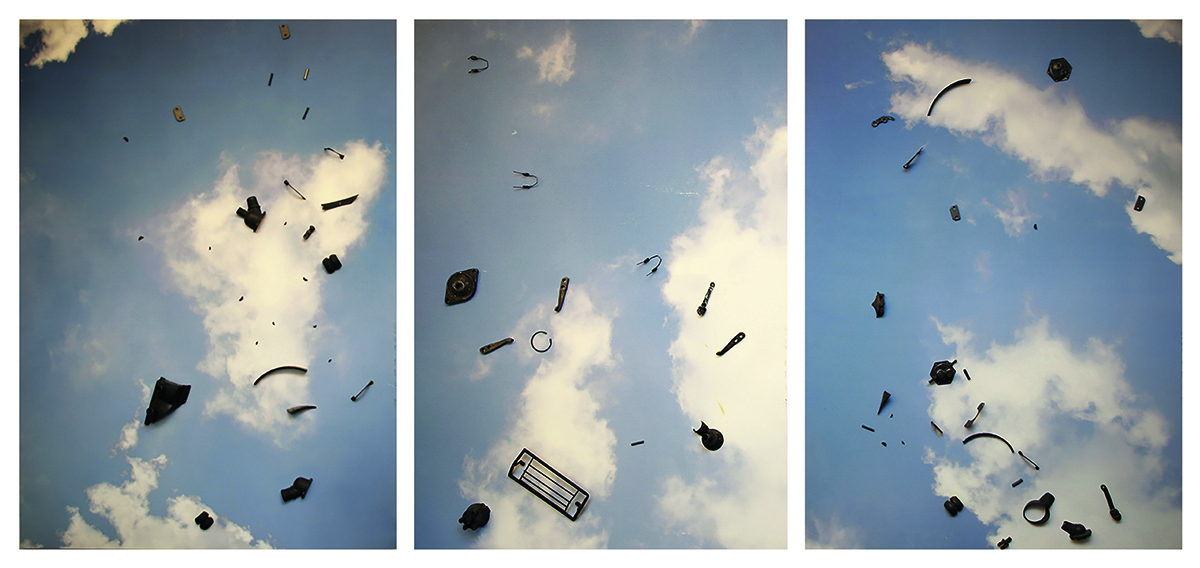

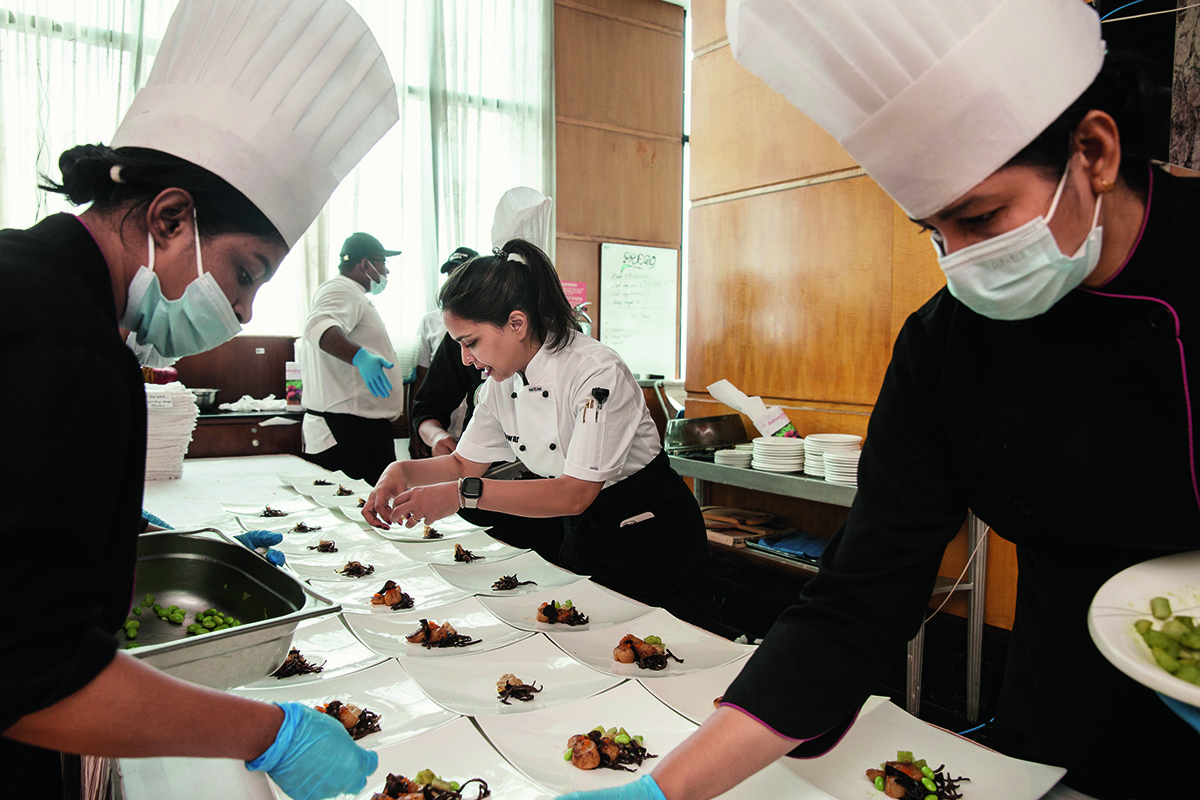
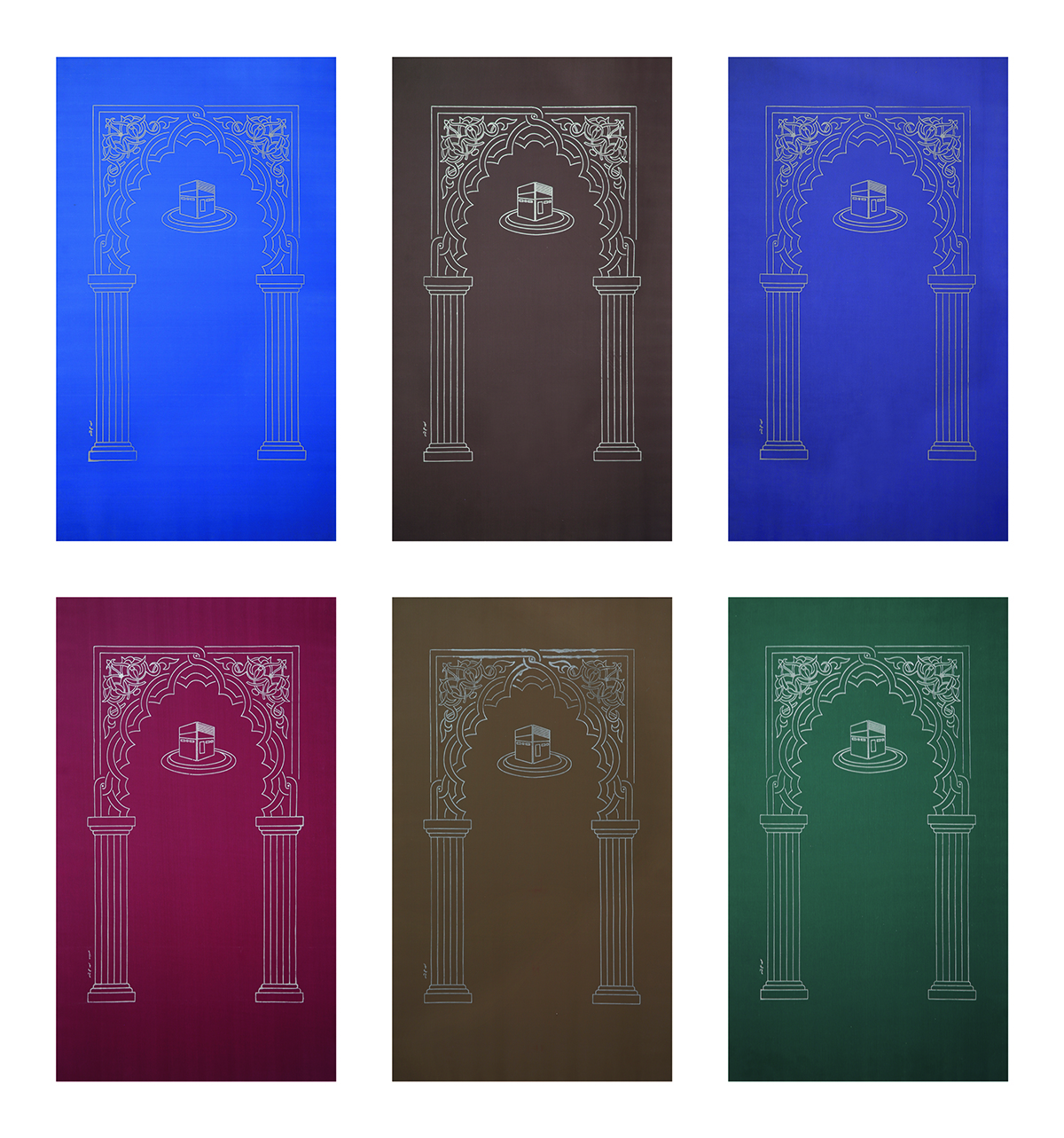
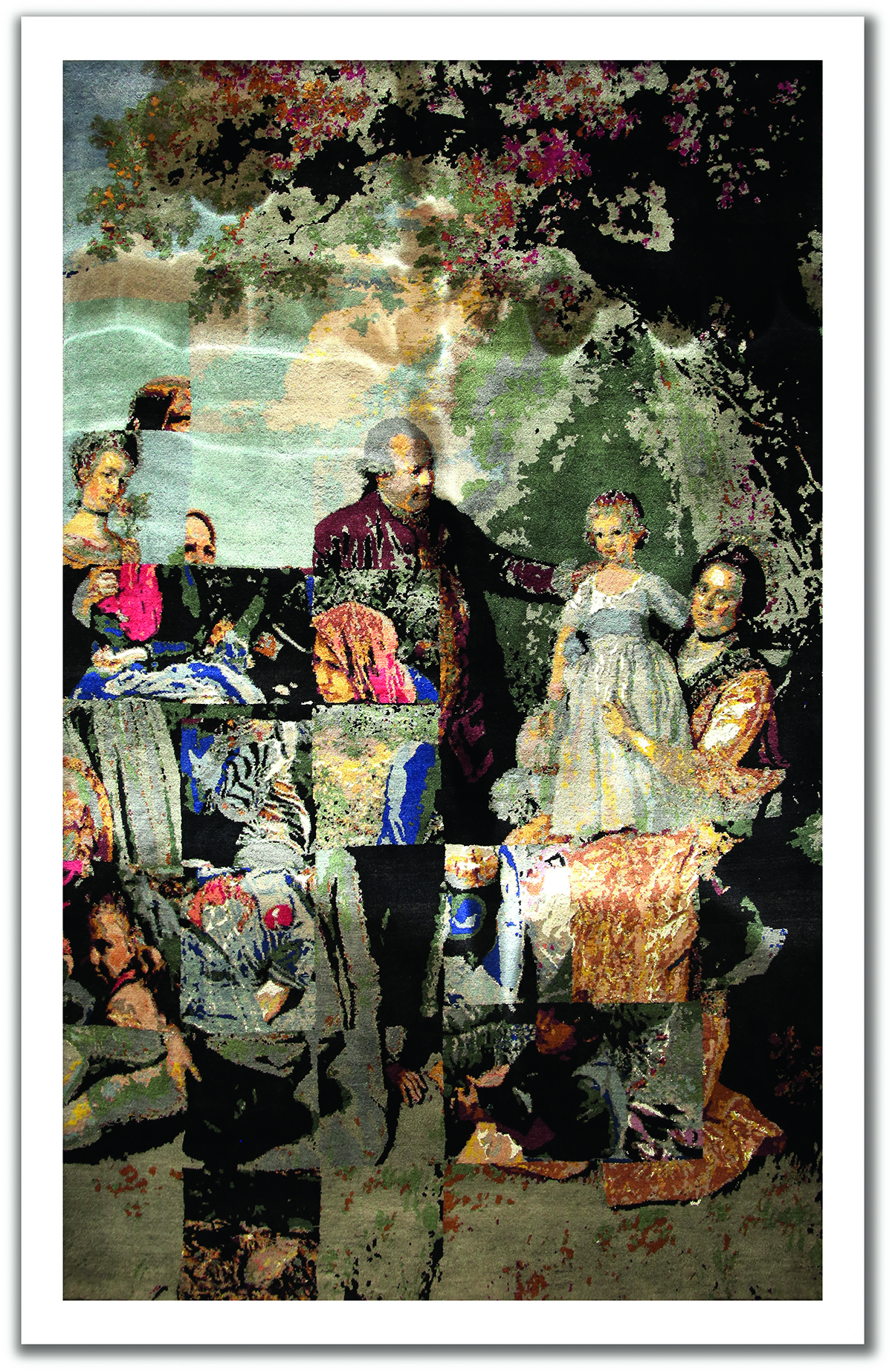
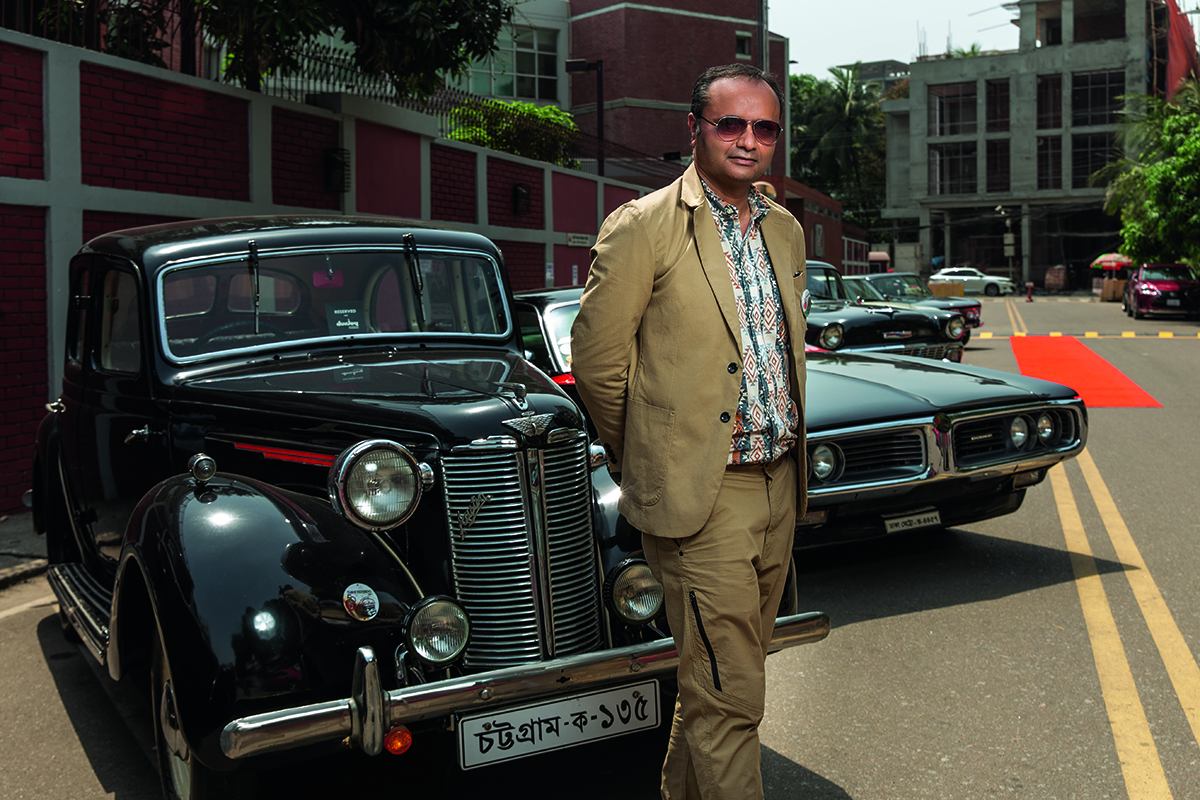
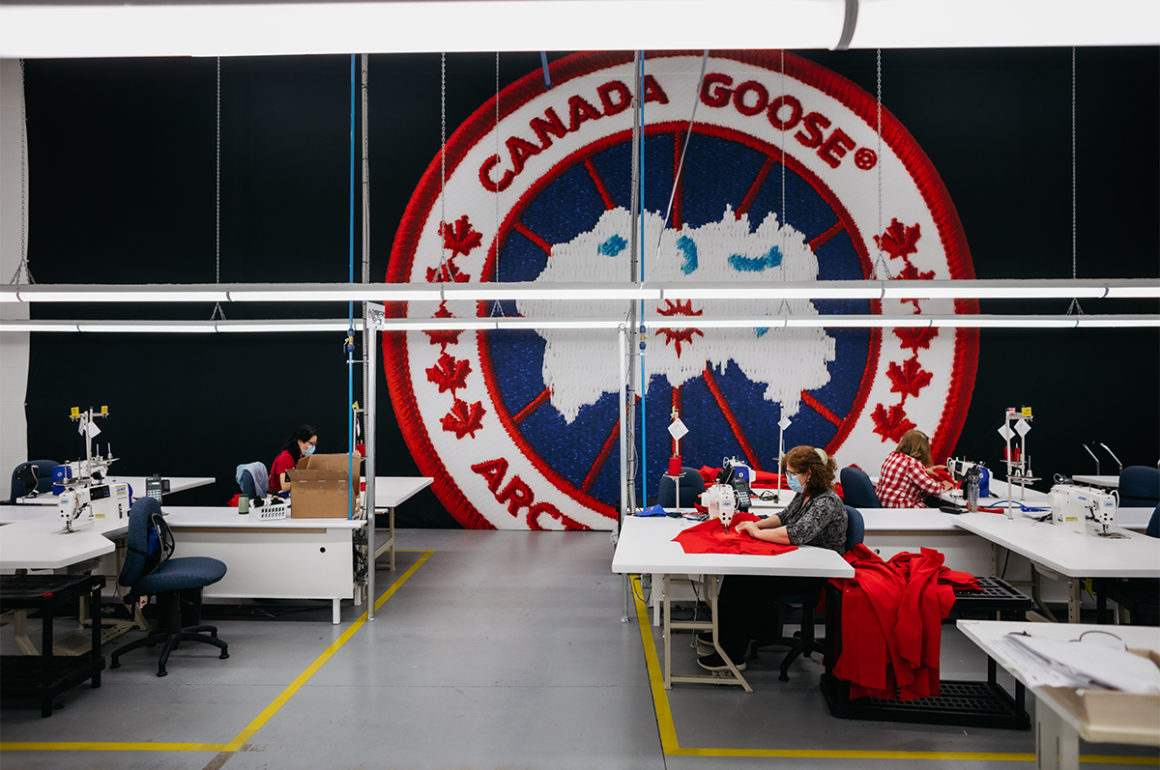
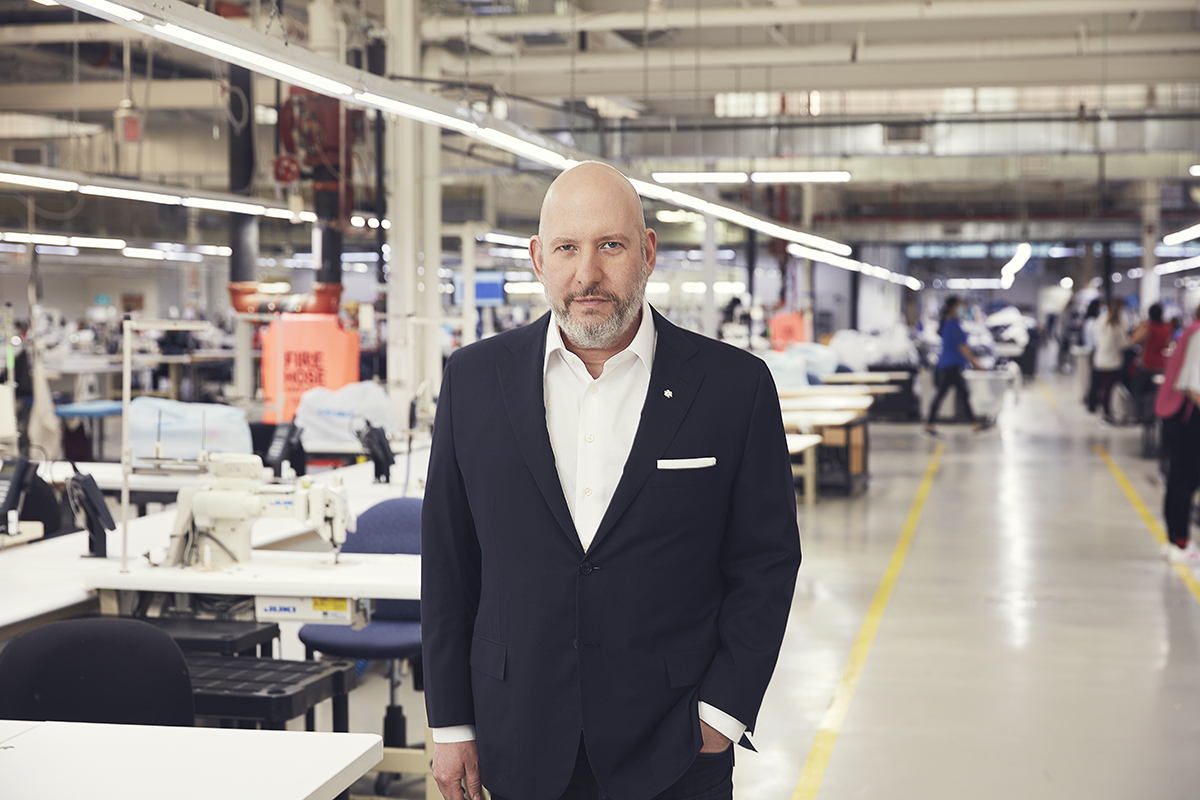

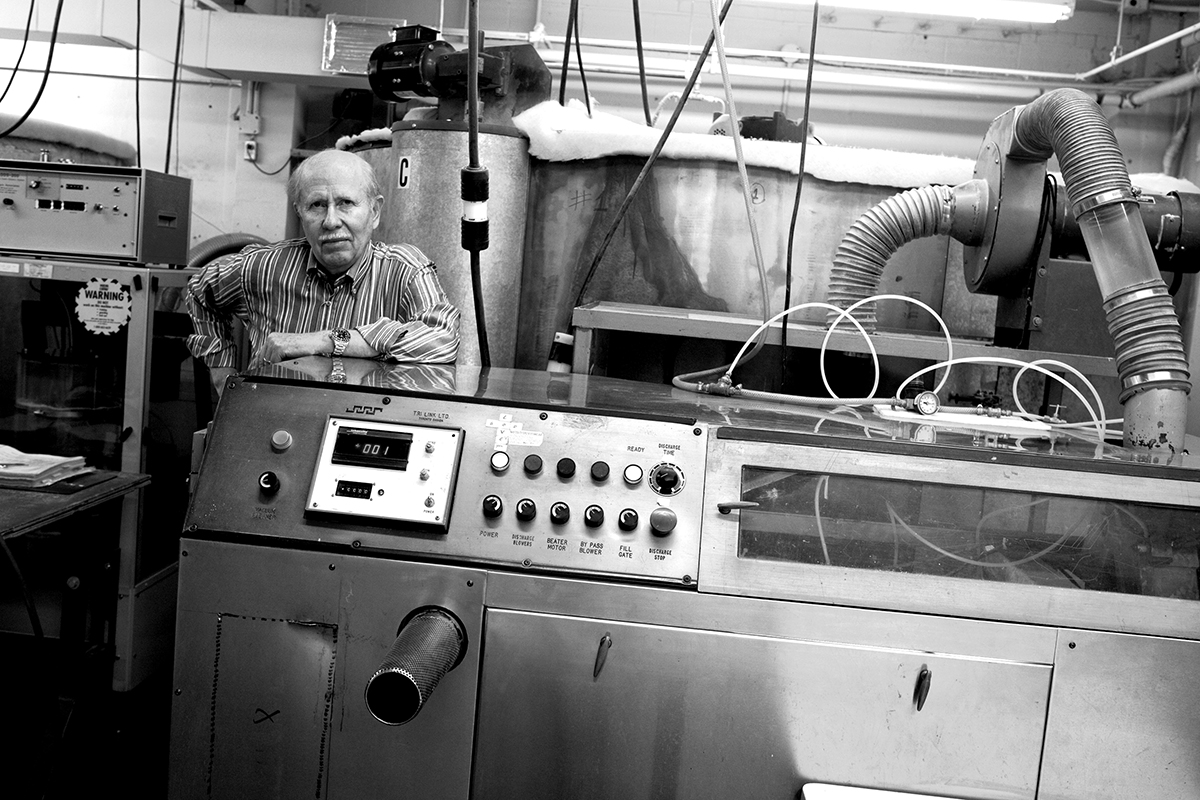
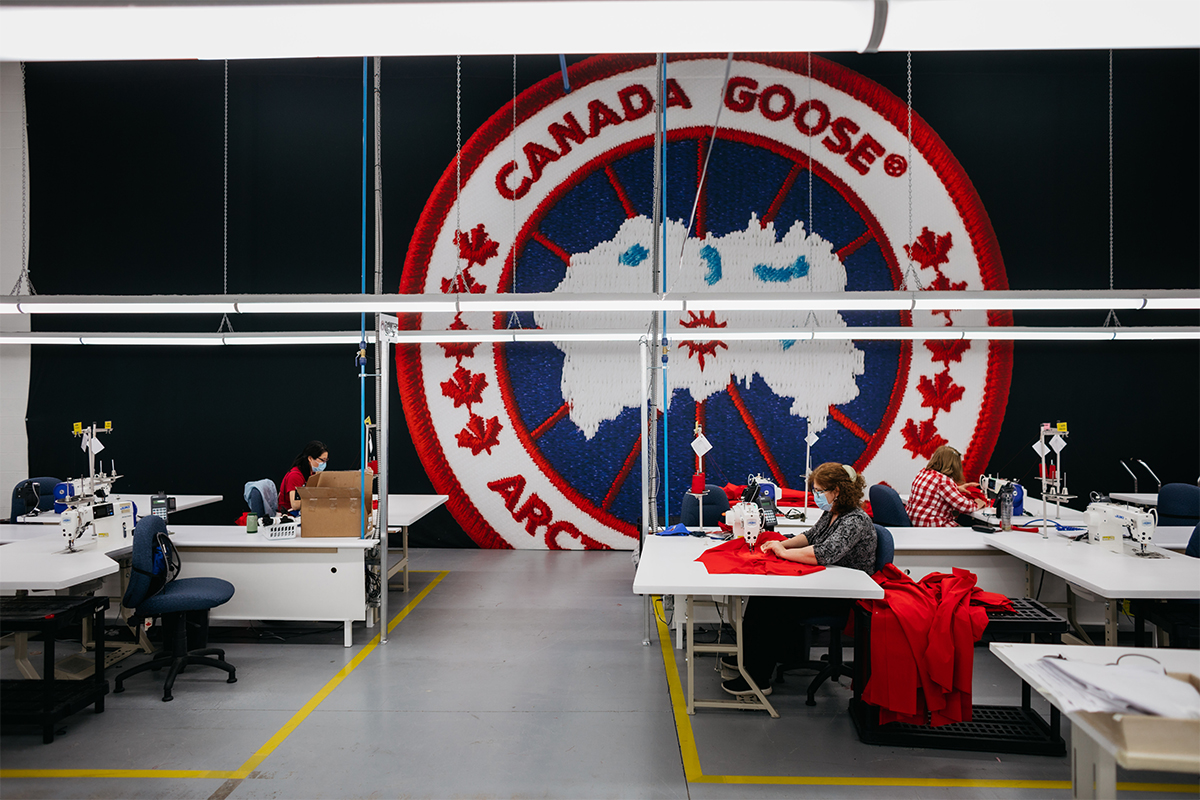
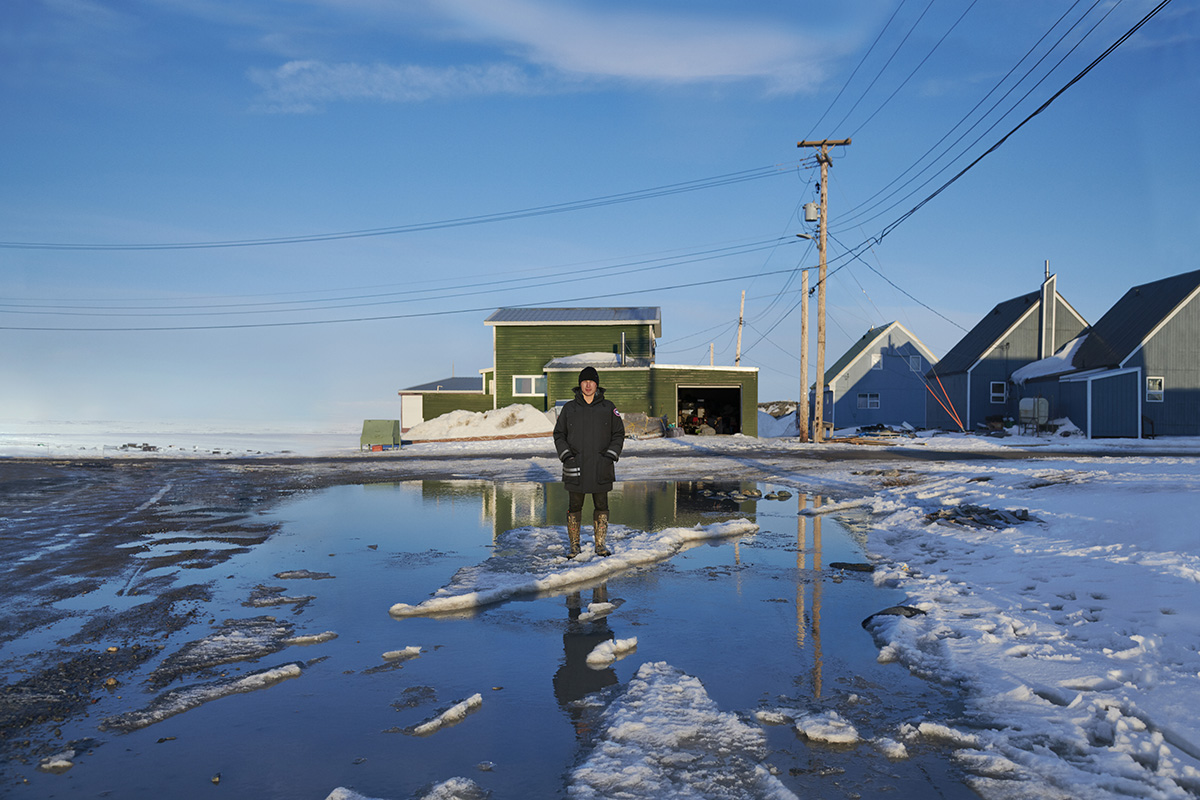
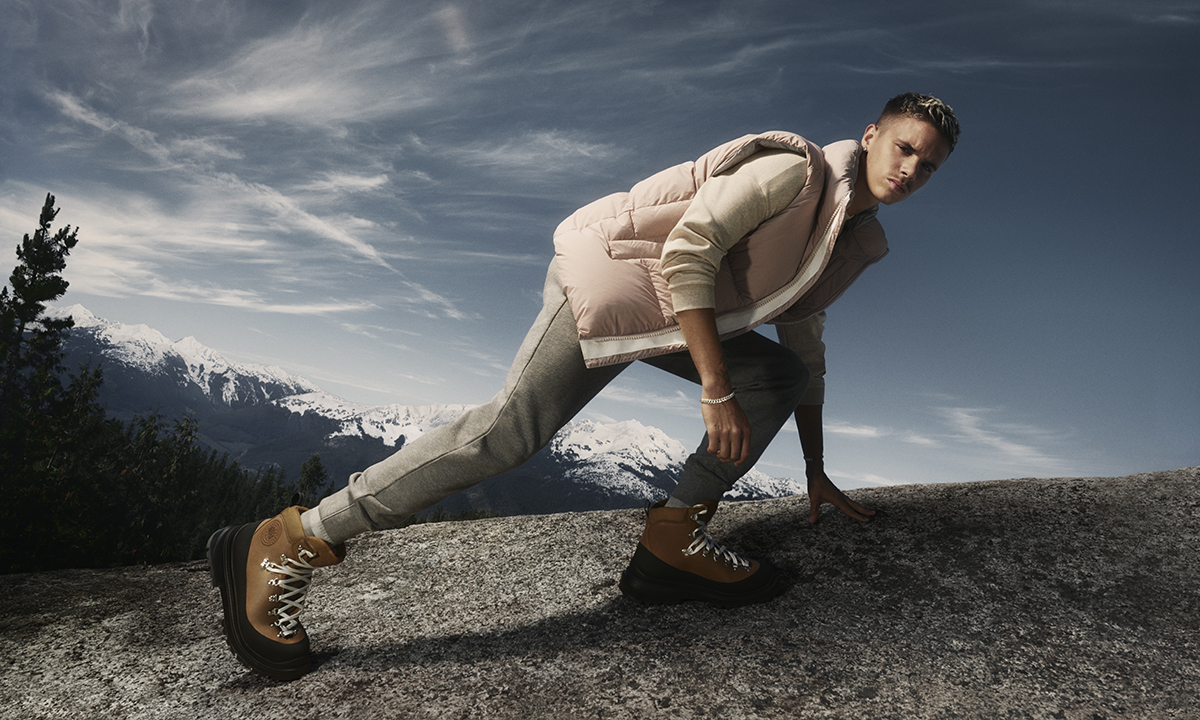
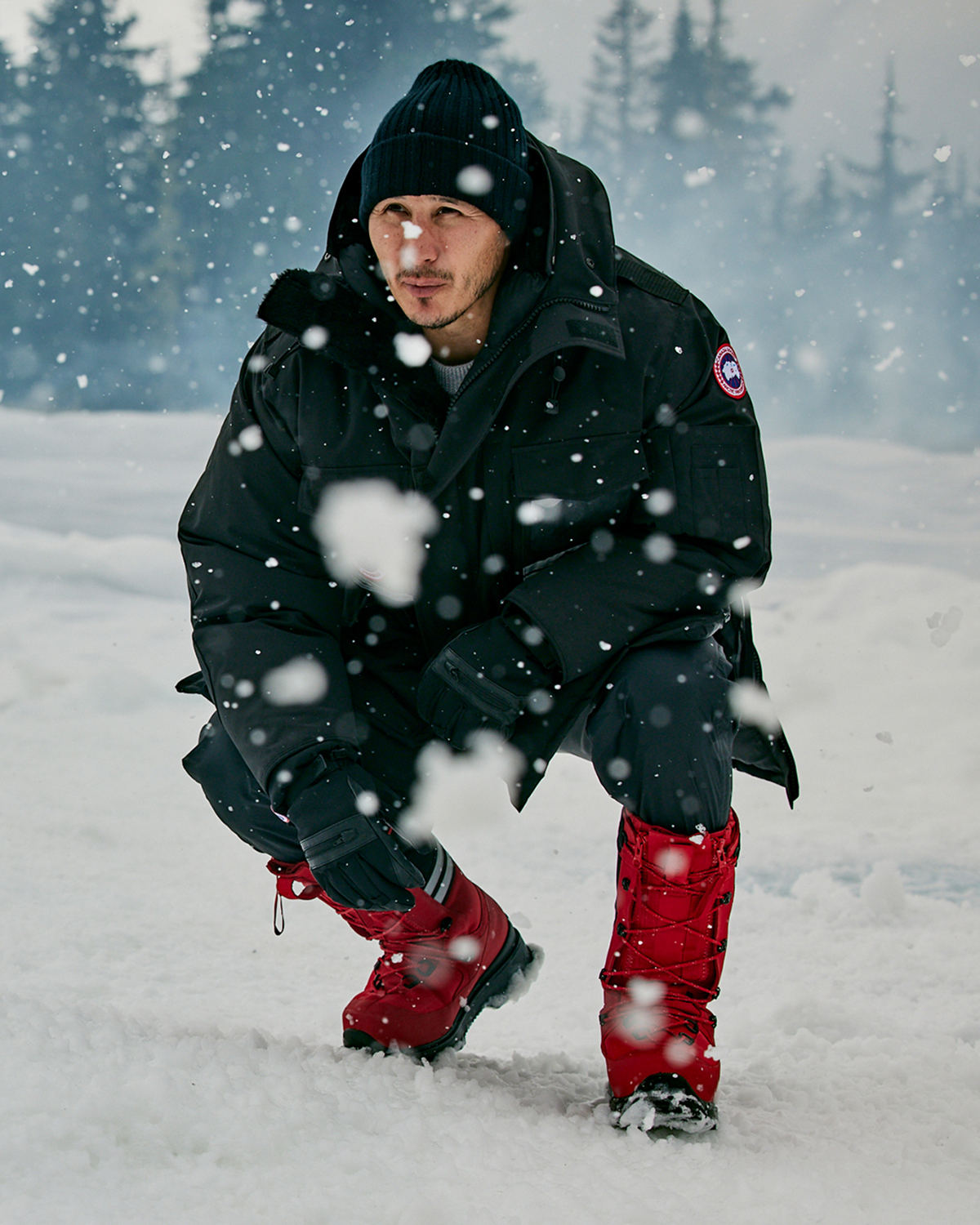



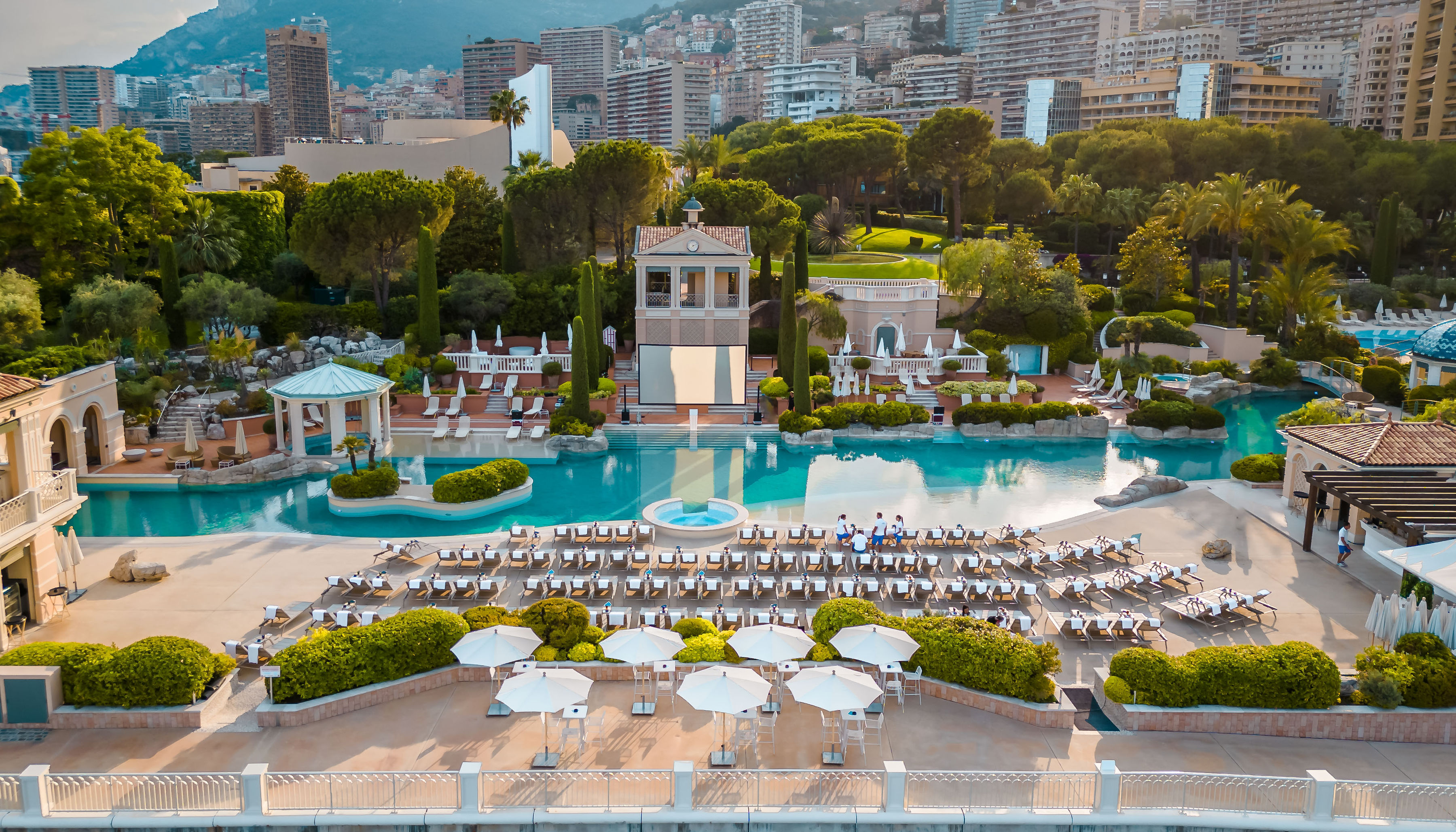

Recent Comments